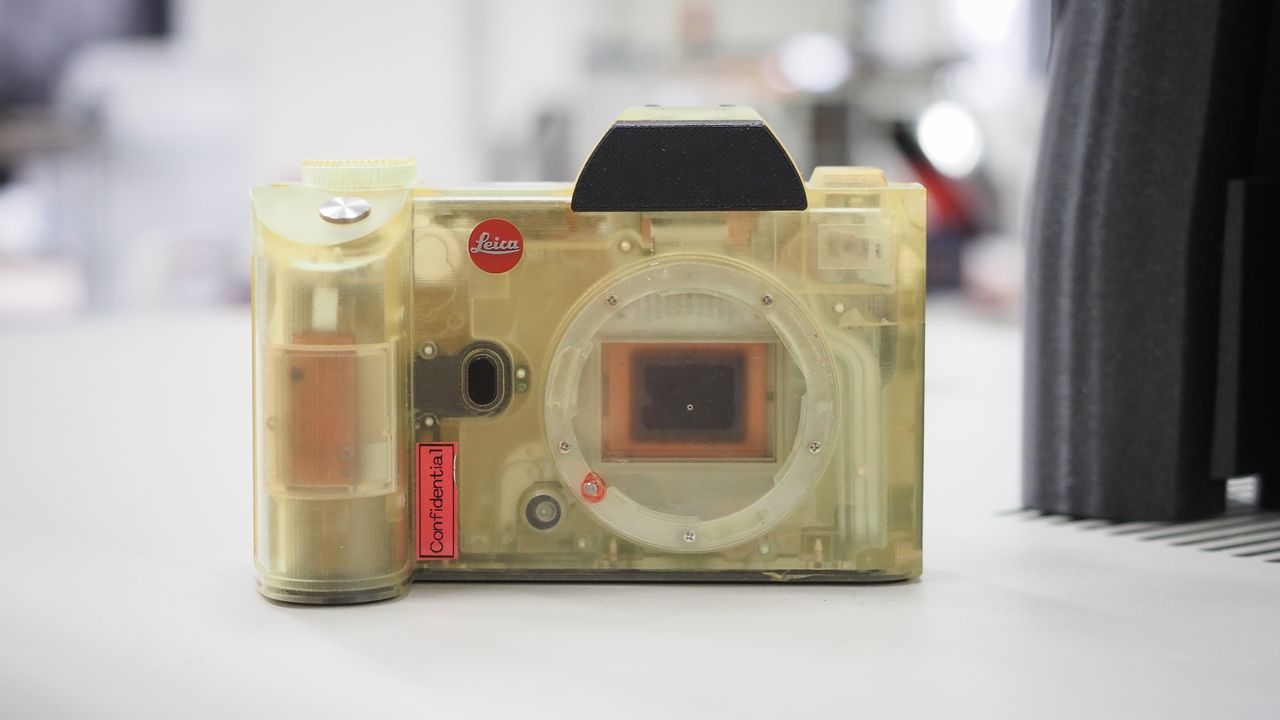
We're in the ho-ho-home straight, but the camera rumors are as hot at the end of 2025 as they were during the sweltering summer months. In fact, Christmas has come early in many ways – this year they've proced more accurate than ever!
A whole bunch of what seemed like pie-in-the-sky camera rumors have turned into actual products on shelves, whether it's tradition-breaking bodies like the Leica M EV1, mold-shattering compact cameras like the Fujifilm X Half, or long-rumored cinema cameras like the Canon EOS C50 and Nikon ZR. Not to mention the absolute guns-blazing hybrid that is the Canon EOS R6 Mark III.
As always, though, the internet is gonna internet – which means there's a lot of junk out there! So while a lot of the smoke leads back to a burning fire of fact, there's plenty of plain ol' hot air. Take most camera rumors with a good pinch of salt to be on the safe side!
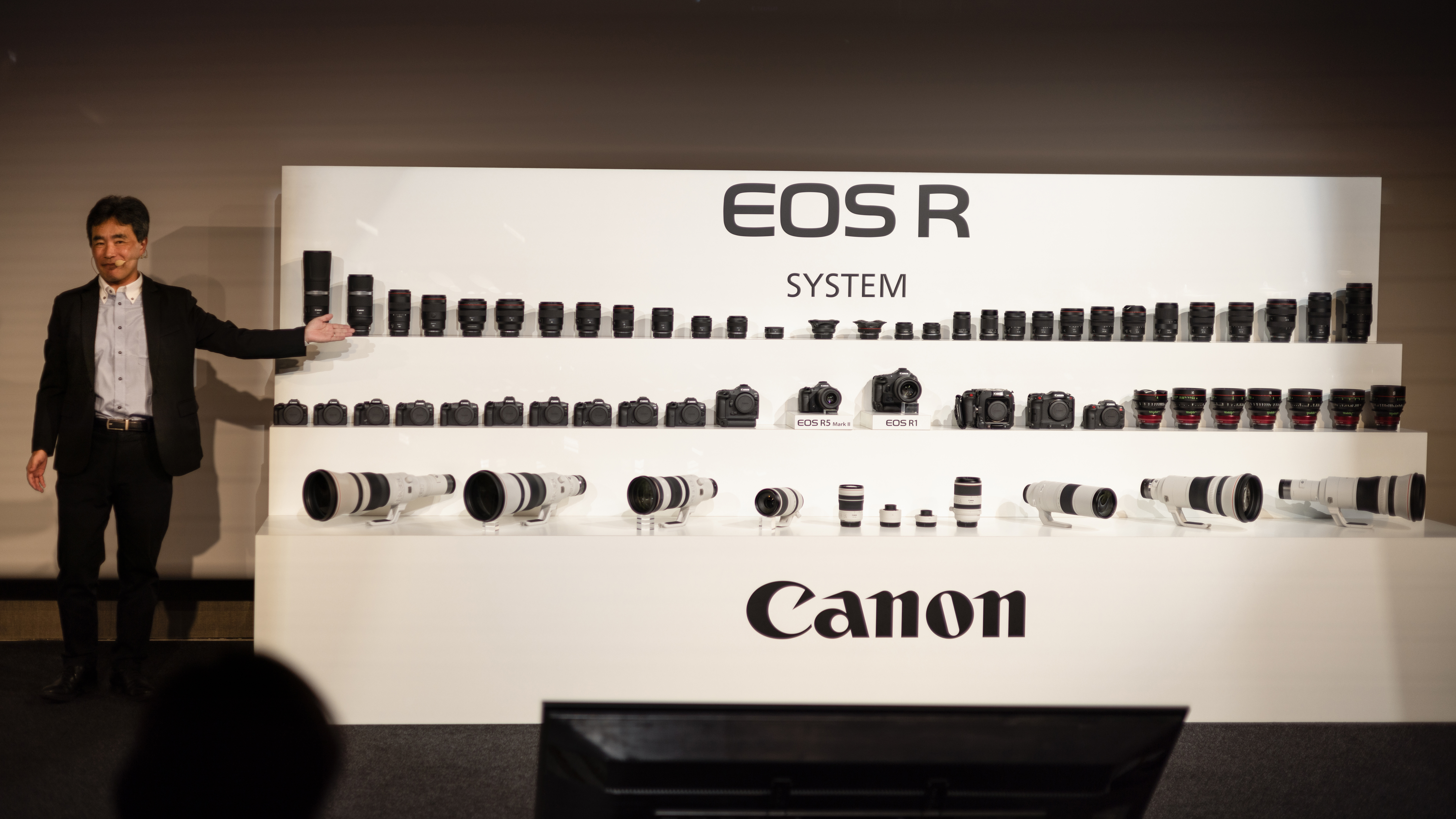
Canon rumors 2025
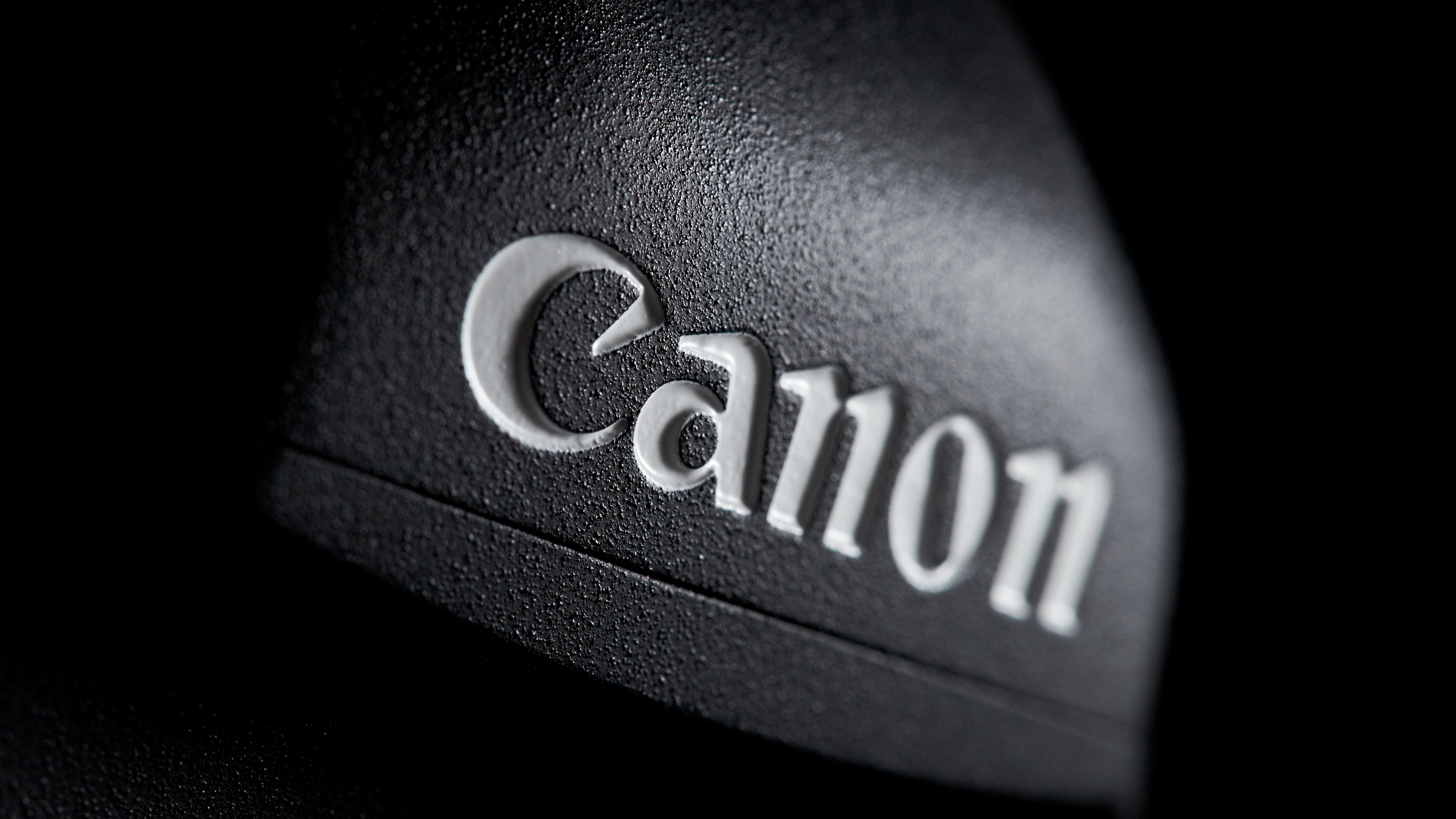
Canon is always the subject of more camera rumors than any other manufacturer, in large part because it has been the most prolific photographic patenter for 41 consecutive years. And these patents are often the first clues we get as to what is coming in the next wave of cameras.
This year's Canon rumors have been dominated by videography and vlogging devices – and indeed, the company's three camera launches in 2025 have all been for video products: the Canon PowerShot V1 compact, the EOS R50 V vlogging camera and the EOS C50 cinema camera.
So what other Canon rumors can we expect to come to fruition in 2025?
Canon EOS R7 Mark II
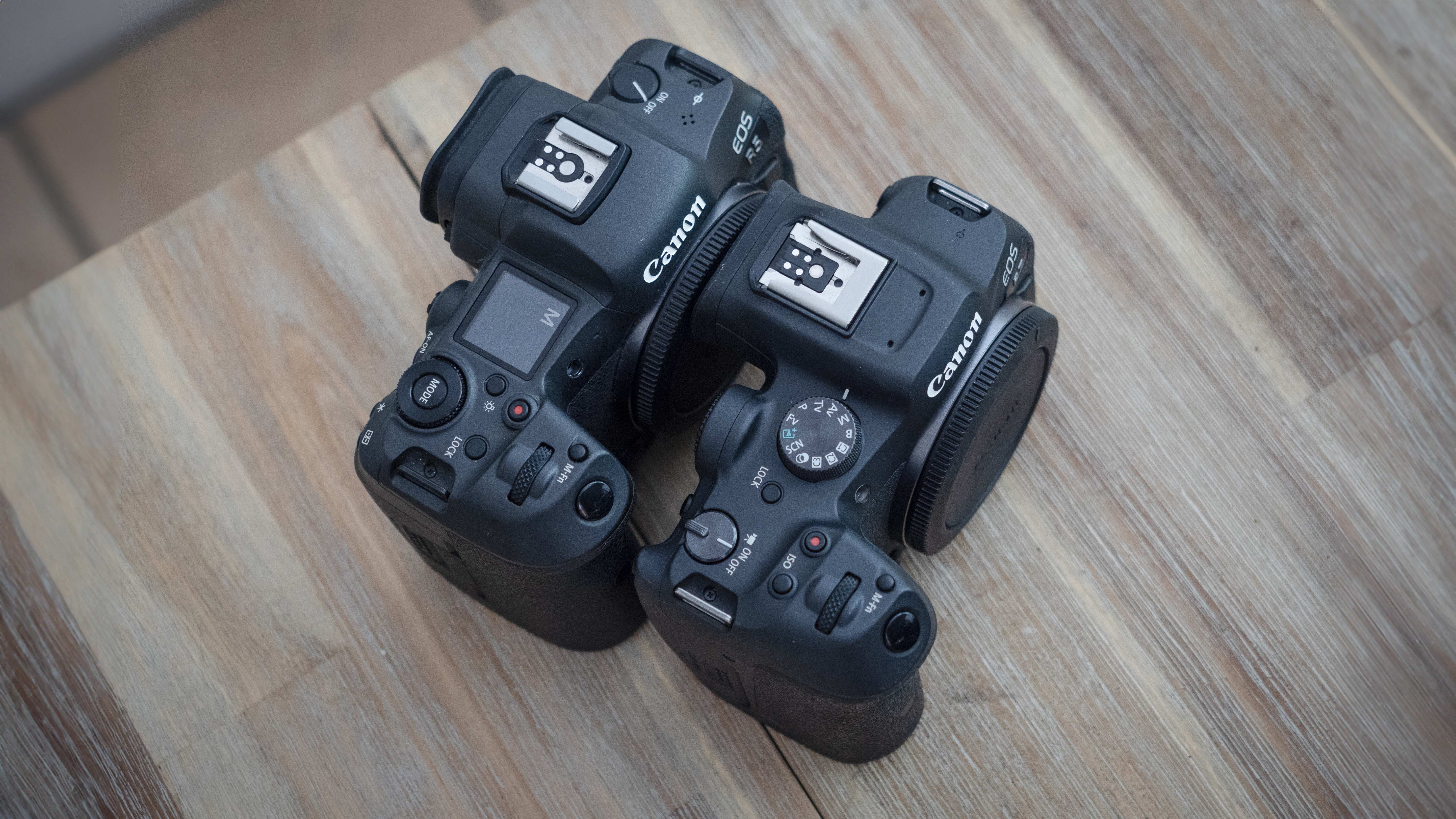
Another month, another round of "It's coming soon, honestly!" whispers around the water cooler. Still, one thing that's remained consistent is the chatter that this will be Canon's most powerful APS-C camera ever.
From what I've heard, the Canon EOS R7 Mark II will be a lot like a "baby R5" – and not just in terms of its power, but also its size (no doubt because the extra processing power and circuitry requires both extra space and extra cooling accommodation).
There's been some variation on the supposed sensor resolution; initially it was said that the R7 Mark II would have a 40MP sensor capable of 8K video, but current noise is that we're looking at a new 33MP stacked sensor – which would achieve speeds of 40fps stills bursts and 4K 120p 10-bit with CLog-3.
I'm not sure what to make of this; 40MP / 8K certainly fits the "baby R5" mold better than 33MP / 4K, but the move to a stacked sensor feels more befitting of the 7-series product line. Either way, the consensus seems to be that the camera will be Canon's first EOS to dump the mechanical shutter.
There's talk of pre-continuous shooting and in-camera upscaling, using the neural network image processing. Again, I don't know how seriously to take this; Canon's neural net tech has so far been exclusive to the EOS R1 and R5 Mark II, and it feels like a big jump to bring that to an APS-C body.
But then again, there has been chatter that Canon intends to seriously "shake things up" with the R7 Mark II, so perhaps this kind of flagship firepower is exactly what's being referred to.
As for when it will finally appear, as best I can tell we're looking at early Q4. Perhaps alongside…
Canon EOS R8 V
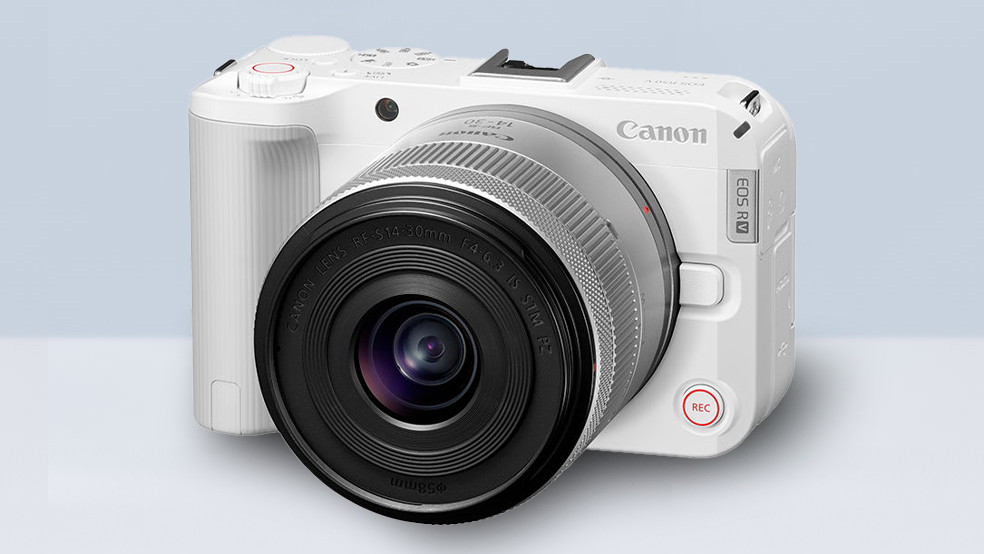
Following the launch of the Canon EOS R50 V – a sister version of the original EOS R50, but geared towards video – it's being whispered that Canon is working on further models in the "RV" line, including another model that's coming this year.
After initial suspicion that this could take the form of a successor to the Canon EOS R7 (whose follow-up is said to be highly disruptive), it's now being rumored that the next RV camera will be a full-frame body: a sister model to the Canon EOS R8.
This, it seems, will be the V Series' flagship camera, bridging the existing gap between the APS-C R50 V and the full-fledged Cinema EOS line – giving aspiring, existing and experienced creators a whole range of choices before they graduate to cinema cameras.
Built around the same 24.2MP sensor as the R8 (and R6 Mark II), the EOS R8 V is said to be capable of uncropped 4K 60p (oversampled from 6K) and 4K 120p with a 1.2x crop, with CLog 3, 10-bit 4:2:2 (H.265) and 4-channel 24-bit audio.
With a rumored price tag of $1,799 for the body, and $1,999 with a kit lens, this could be a seriously competitive camera in the creator space.
Canon PowerShot V3

With the PowerShot V1 (above) having launched in Asia, there are already rumblings about the next member of the V-series family.
Where the V1 is clearly Canon's vlogging and videography-oriented compact camera, it sounds like the Canon PowerShot V3 will be the model aimed at photographers.
From what I hear, the camera will have the same 1.4-inch sensor as the V1, but will ditch the 16-50mm content creator zoom range in favor of a 20x zoom range that might top out at around 500mm – perfect for stills shooters.
If it retains the V1's 30fps burst shooting, I think this could be a serious seller in 2025 and beyond.
Canon RE-1
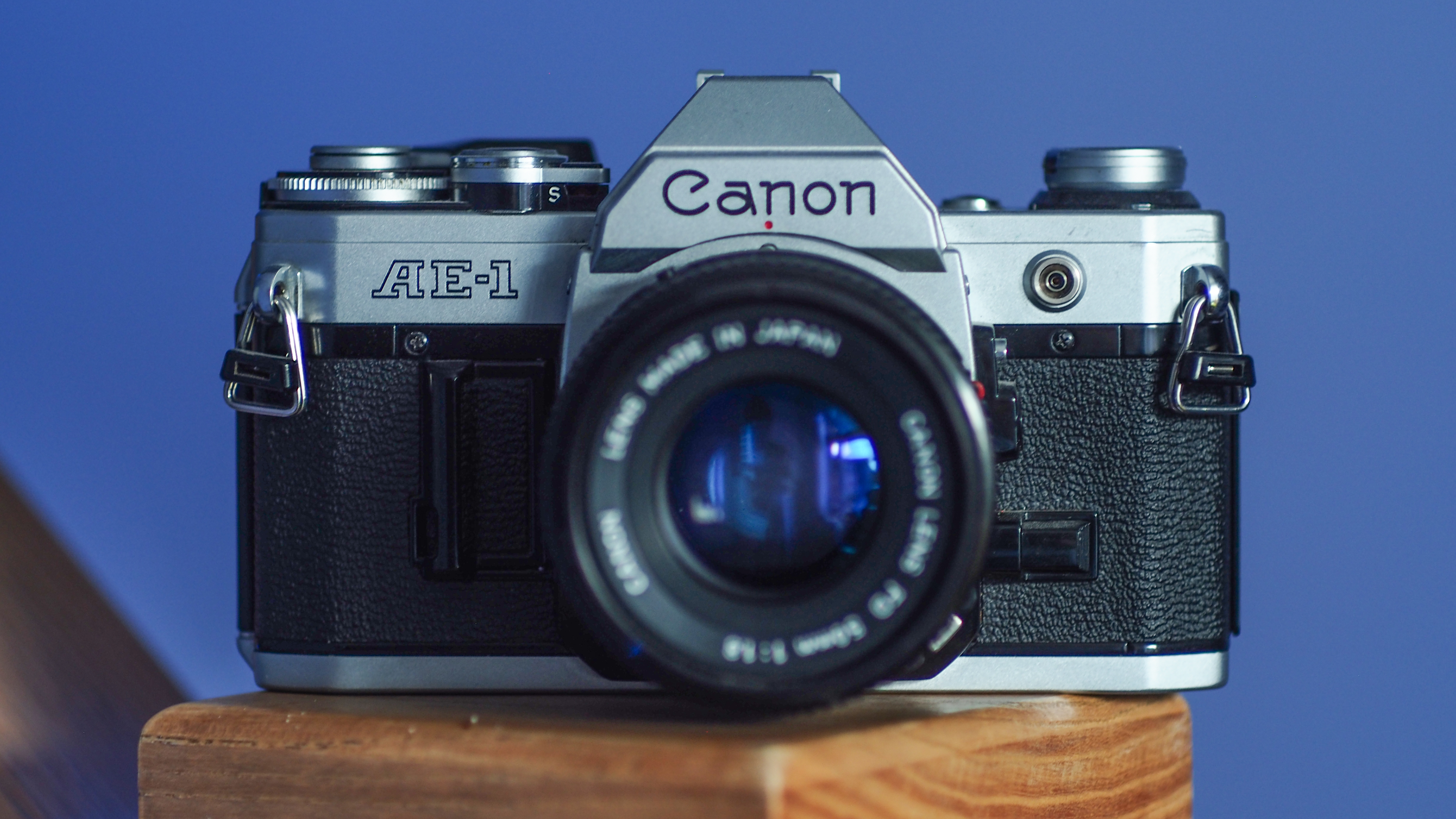
After months upon months of whispers, I've finally heard something a bit more concrete about Canon's much-rumored retro EOS R camera, which I've been referring to as the Canon RE-1 – based on the fact that everything points to it being a mirrorless update of the iconic Canon AE-1 film camera.
In fact, the latest rumblings are that we might see it announced this year ahead of a launch in 2026 – which would mark the 50th anniversary of the AE-1.
It seems that Canon is taking the same tack as the Big N did with the Nikon Zf; rather than the RE-1 being a high-spec technological marvel, Canon seems to be basing it off a mid-range camera like the Canon EOS R6 Mark II, with a 24MP sensor and a focus on photographic rather than video features.
Obviously Canon is playing a bit of catch-up, with Nikon, Fujifilm and OM System already making some of the best retro cameras. I'm really hoping that Canon goes the extra mile and does something like sign a deal with Kodak for its own exclusive film simulations – and of course, I really want to see some vintage-style lenses to go with a vintage-style camera!
Canon 3D VR Camera
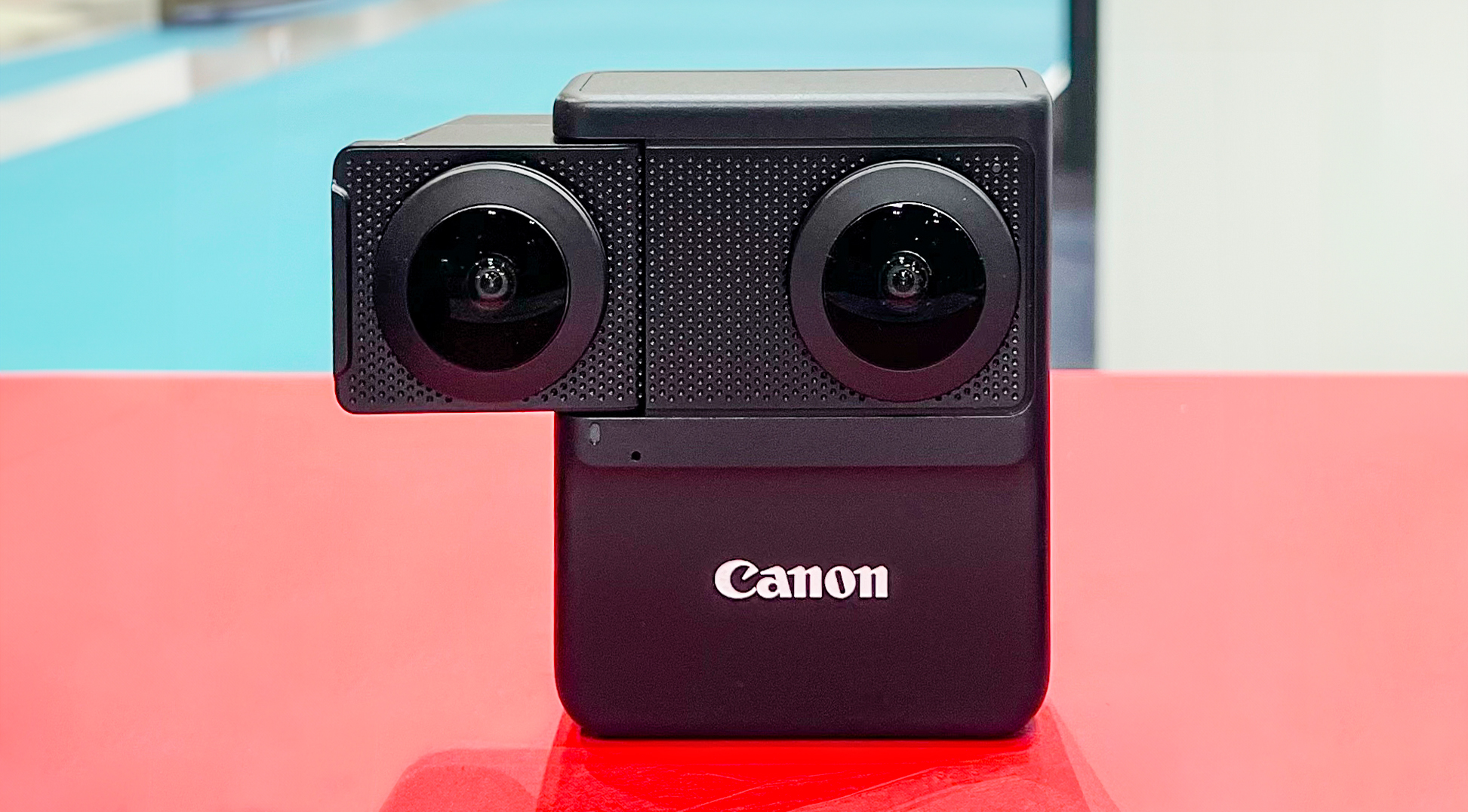
I had a chance to talk to Canon about its prototype 360° / 180° 3D VR Camera. It's clear Canon is really doubling down on virtual reality, having introduced the Canon RF 5.2mm f/2.8L Dual Fisheye lens a couple of years ago and with a pair of APS-C 3D / VR stereoscopic lenses on the way as well.
This new camera, which physically looks like a mashup of the Dual FIsheye and the Canon PowerShot V10, combines all the tech in one: 360° / 180° 3D VR 8K capture, along with VR live streaming.
While this wasn't something Canon said to me, I've heard that the camera has a target price of under $1,000 (about £820 / AU$1,590). This is definitely something to keep an eye (or even a Dual Fisheye) on…
Canon Posture Fit
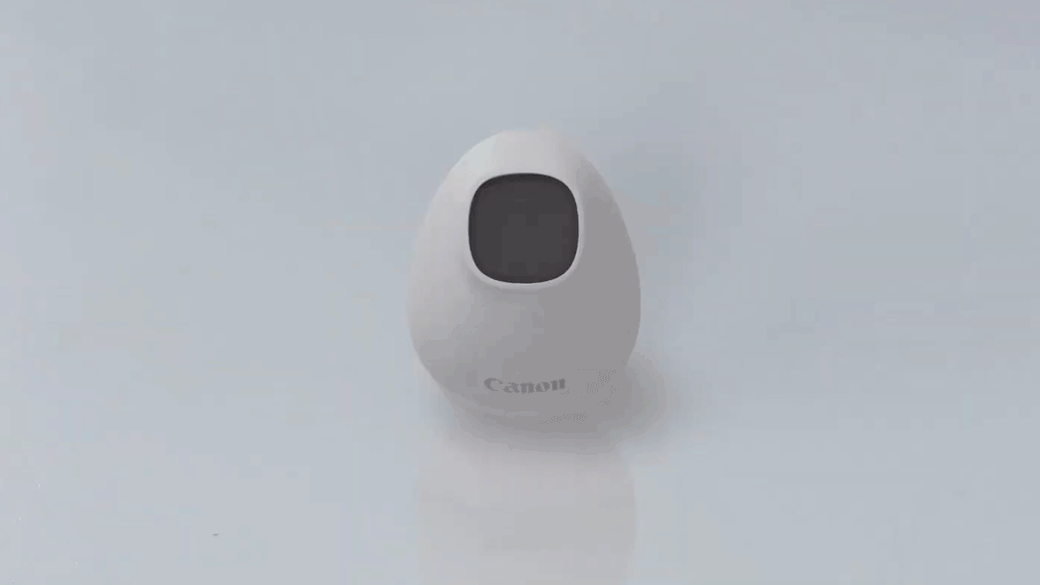
Back in 2021 Canon introduced us to Posture Fit: a concept camera that looks like a Pixar character and sits on your desk, where it keeps an eye on how you're sitting using a wide-angle lens and skeletal mapping. When it spots you starting to slouch, it flashes and wobbles and beeps on your desk to tell you to straighten up – and it'll even remind you to get up and move around, if you've been sitting too long.
After falling off the radar ever since, recently a patent was filed in Japan describing a Posture Fit that could monitor multiple subjects in its field of view – not just the person sat at the desk in front of it. Again, it's not a photographic camera (so it can't be used for spying or surveillance) but it's a very clever lifestyle device that anyone who sits in front of a computer will surely benefit from.
Canon EOS R3 Mark II
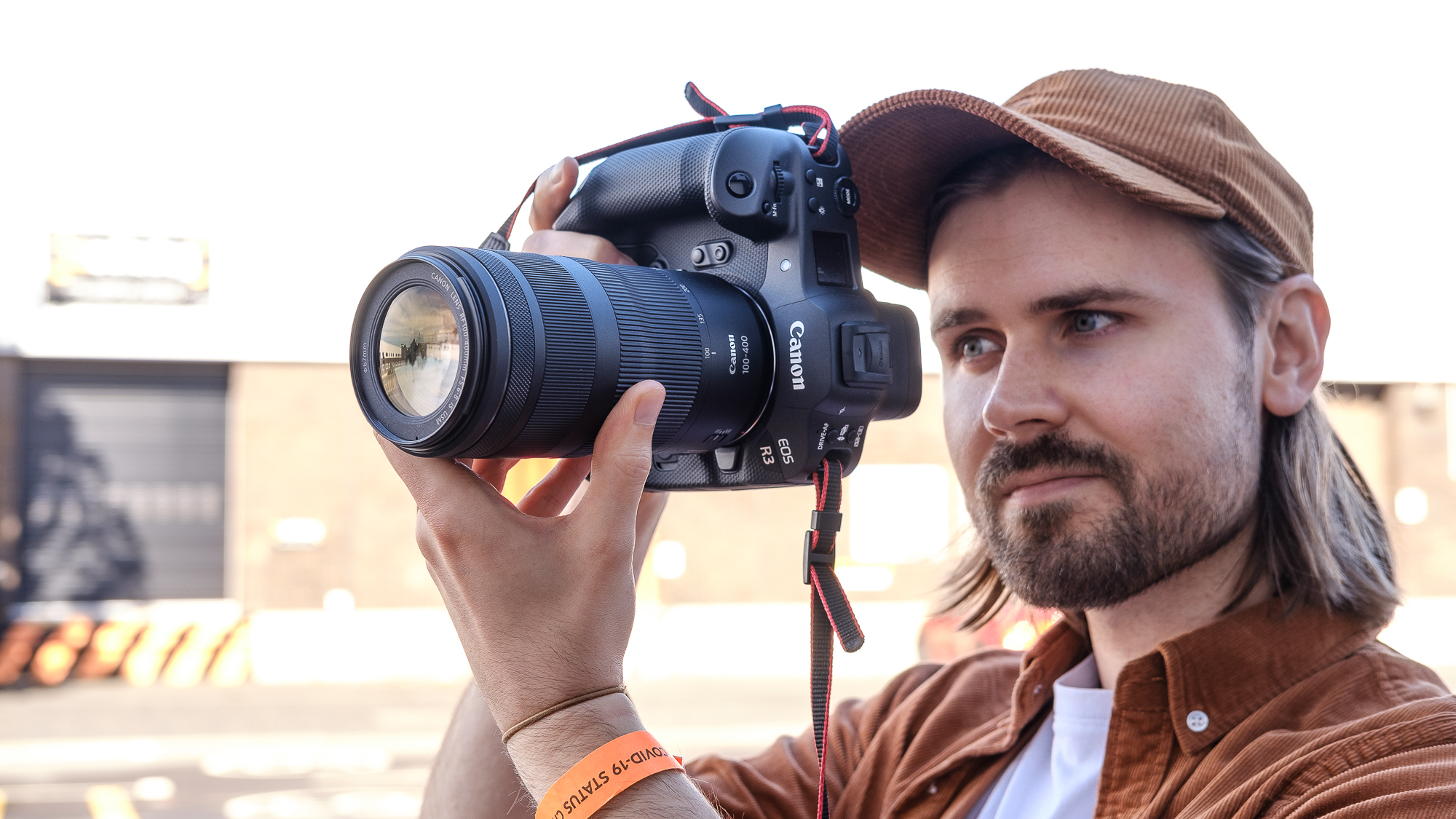
The R3 sits in a strange position in Canon's lineup, now that the R1 is here. Once the placeholder product until an official flagship was announced, some feel that it's a lame duck given that the actual flagship outclasses it in every way.
However, many of the innovations of the R3 made their way into the R1 (and indeed the R5 Mark II). Does the R3, then, become the technology launchpad of the EOS R family? The camera that debuts the latest tech, before it is further refined for the tentpole products?
I can certainly see sense in that. The Canon EOS R3 Mark II could, for example, be where the company debuts its first global shutter sensor – testing the waters with the sensor tech (which, it should be remembered, does come with a number of compromises) before doubling down on it in the R1 Mark II. Indeed, there are rumors that Canon is ready to launch a camera with a global shutter sensor.
At the same time, though, it could equally be that there is no further need for the R3. With the original camera now being three years old, the next few months are going to be very interesting…
More camera rumors: Nikon rumors • Sony rumors • Olympus rumors • Fuji rumors • Panasonic rumors • Hasselblad rumors • Leica rumors • Ricoh & Pentax rumors • GoPro rumors
Nikon rumors 2025
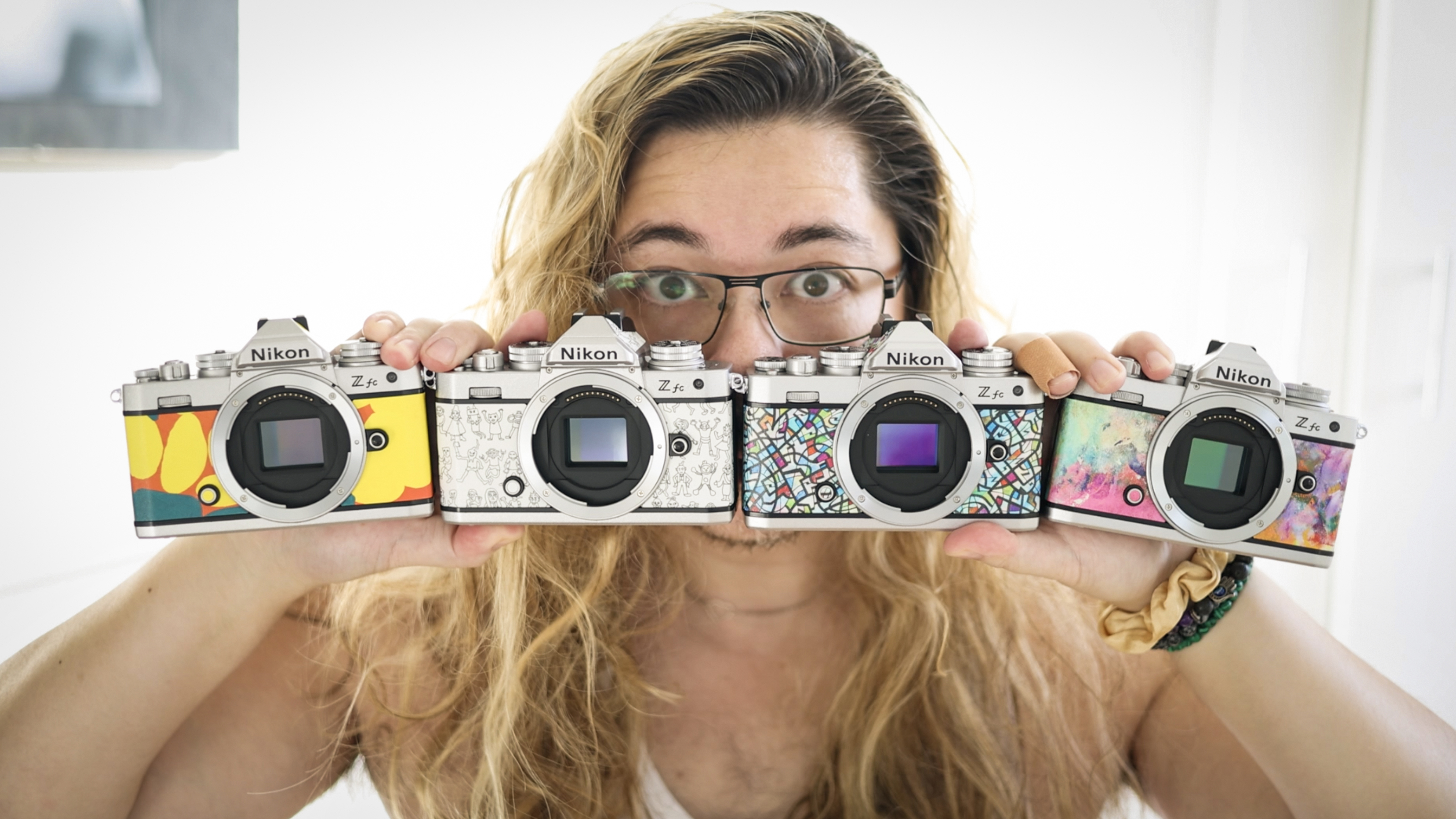
The Nikon rumors have, of late, all come to fruition – which only gives further credence to the old "where there's smoke, there's fire" adage.
Already this year we've had a pair of conventional photography bodies, the Nikon Z5 II and Nikon Z50 II, and Nikon has also unleashed its new video chapter with the first "Yellow Red" or "Red Zed" Nikon / Red cameras featuring the Z mount, and most recently the Nikon ZR – the first camera in the new Z Cinema range.
So, with the Z lineup now comprising everything from entry-level to professional to prestige retro cameras (along with the Nikon Z fc Heralbony collabs, which might be the grooviest cameras the company has ever made), what are the latest Nikon rumors as 2025 gets underway?
Nikon Zf II

I've heard some scuttlebutt about a Nikon Zf II, but honestly it feels like wishful thinking more than anything.
To me, the whole point of the Nikon Zf is that it's a premium, special camera series – so the notion of iterating it into spin-offs with incremental improvements can only devalue that specialness.
Still, if the rumblings of an upgraded version with a 33MP sensor are true, that would certainly be interesting – though, truthfully, I think Nikon would be far better served producing some complementary retro lenses for the Zf and Zf c, rather than making new versions of cameras without enough lenses to go with them.
Of course, there's every chance that the rumor mill is mistaking the Zf II for another rumored camera…
Nikon Z9 II
The pandemic, along with the consequent supply chain collapse, knocked the Olympic cycle of flagship cameras out of whack. Traditionally, the big three manufacturers would sync the launch of their flagships with the Summer Olympic Games – but that's largely gone out of the window, and the Nikon Z9 II will apparently arrive in time for the 2026 Winter Olympics.
From what I've heard, you should expect evolution rather than revolution – much as was the case with the incremental advancements of the Sony A1 II over the original Sony A1. So you can expect largely the same core tech in the Z9 II, perhaps even including the same sensor as the Nikon Z9.
What could be the biggest development will be on the video side, though, as Nikon is reportedly set to double down on the Z9's outstanding video specs by incorporating technology from Red (maker of some of the best cinema cameras, which Nikon bought in 2024).
Nikon Z7 III
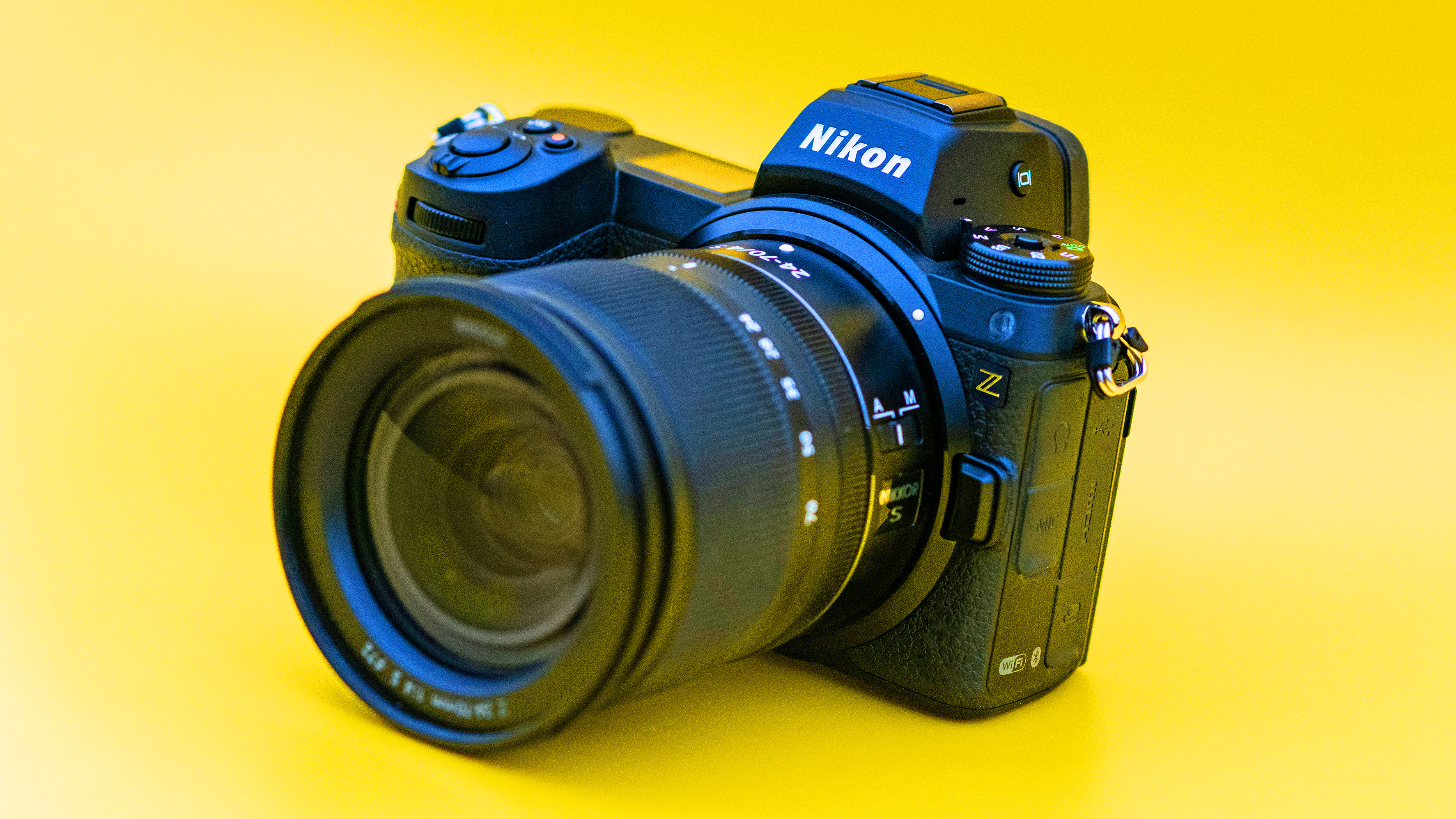
There has been so much noise about the Nikon Z7 III that it's difficult to separate genuine information from wishful thinking. The launch of the Z6 III forced rumors about the new Z7 to kick into overdrive, with some whispers insisting that the camera isn't coming any time soon and others insisting that it's imminent – and even posting specifications.
One of the big rumors I'm hearing right now is that the camera will feature a 67MP sensor to topple the Sony A7R V, but this doesn't seem to come from anywhere credible. Instead, I'd expect the traditional resolution of 45.7MP, but perhaps a partially stacked sensor a la the Z6 III. Though I wonder if it actually needs a stacked sensor at all; given that the Z6 III and Z8 / Z9 are the speed demons of the family.
It is likely that 8K will remain the domain of the Z8 and Z9, so we're probably still looking at 4K video (or 6K at best), but the bump in image stabilization seen in other bodies is sure to appear here – so you can probably look forward to 8 stops of compensation.
More camera rumors: Canon rumors • Sony rumors • Olympus rumors • Fuji rumors • Panasonic rumors • Hasselblad rumors • Leica rumors • Ricoh & Pentax rumors • GoPro rumors
Fujifilm rumors 2025
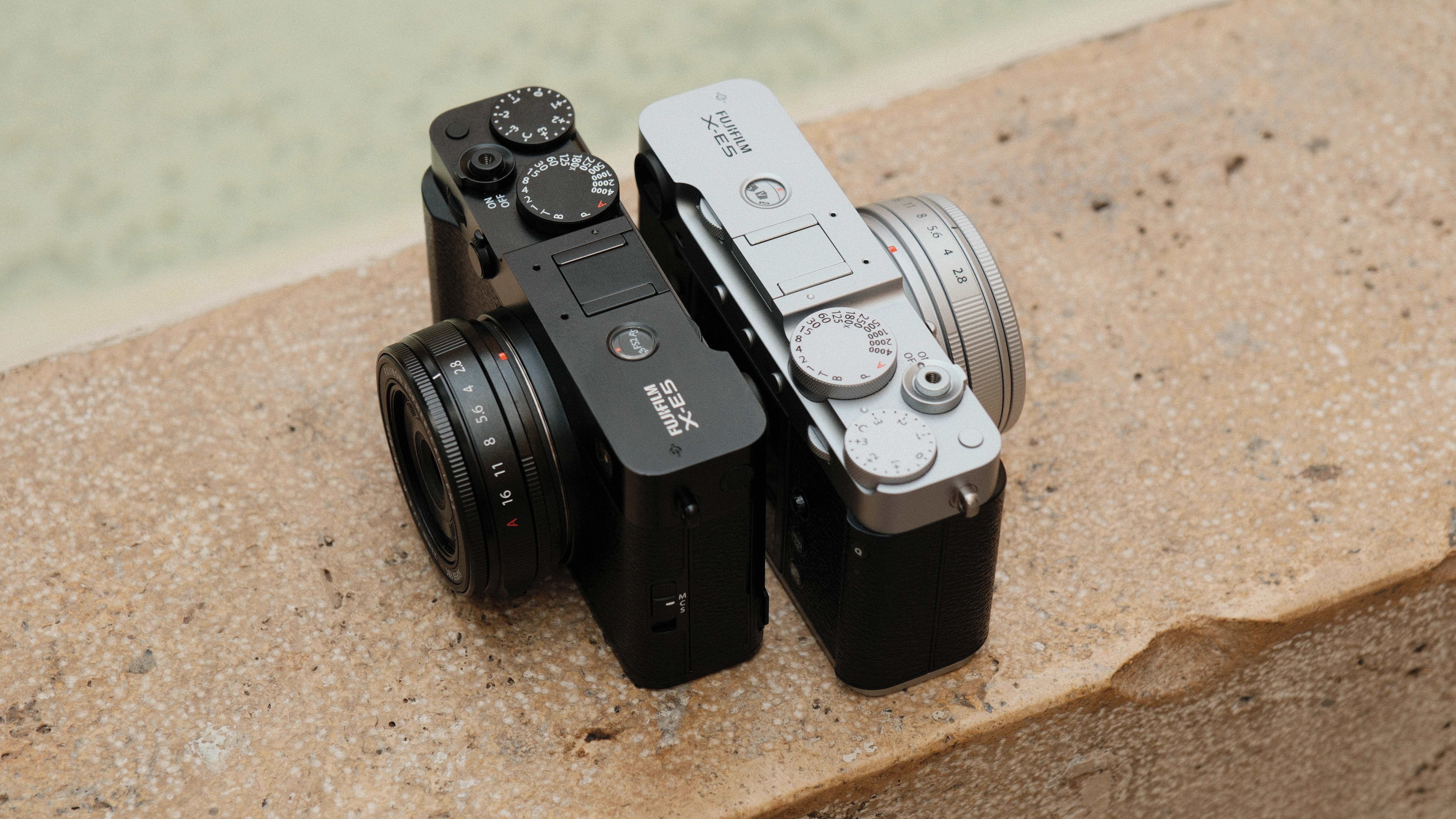
The Fujifilm rumors are as reliable as a Japanese train at this point, with plenty of water cooler talk proving to be prescient.
As was extensively rumored, the Fujifilm GFX100RF launched as the most audacious "compact" camera on the market – but that title was quickly usurped by the Fujifilm X Half, being the world's first digital half-frame camera and offering a "Film Camera Mode" inspired by the likes of the Camp Snap and Flashback One35.
With rumors that Fujifilm will unleash even more cameras this year, what else is on the way from the creative powerhouse?
Fujifilm X-Pro4
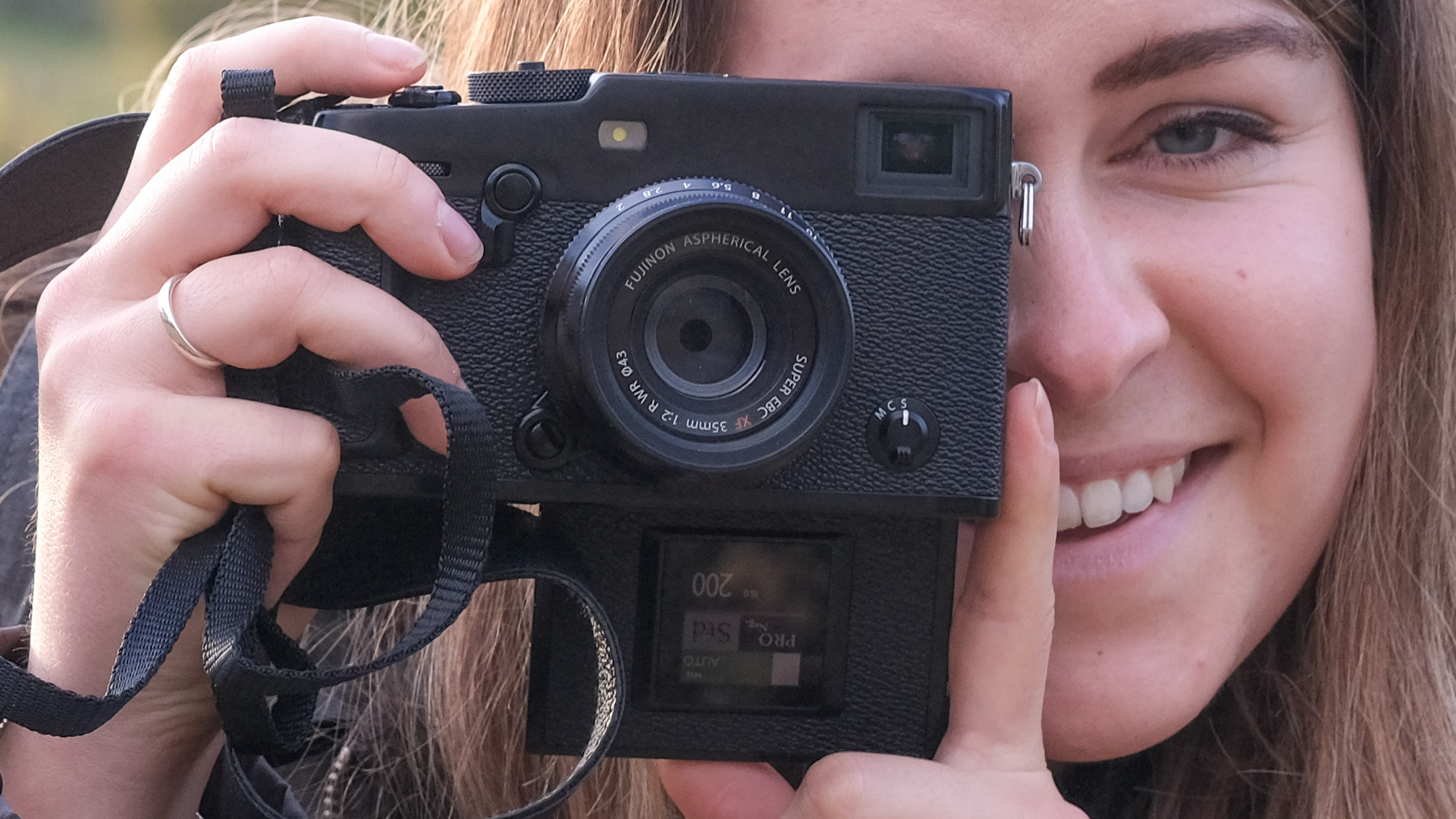
Fujifilm has confirmed that a successor to the Fujifilm X-Pro3 is in development, but precious little else is known about the former flagship camera other than the "high expectations" from both the company and consumers.
So what could a Fujifilm X-Pro4 look like? Well, first of all, I wouldn't bank on it necessarily being called that. As we've seen with the Fujifilm X-T50, it's possible that the company will leapfrog the nomenclature in order to bring it line with the current lineup – so we could actually be looking at a Fujifilm X-Pro5. Indeed, if doesn't appear until the cycle that includes the X-T60 and X-T6, it could even be an X-Pro6.
There has been speculation that, with the release of the Leica M EV1 (which ditched the optical finder), the new X-Pro might also go all-digital. But I expect the signature hybrid viewfinder to stay, along with the "hidden" rear screen – as that's something that will help differentiate this camera from the increasingly crowded X system product line.
I personally think that Fujifilm will keep the smaller secondary "film sim panel" on the back, in similar fashion to the X Half – and it wouldn't at all surprise me if it adopts some of that camera's other features. Maybe not the film lever, but Film Camera Mode seems like an obvious one.
With some of the criticism being thrown at the X Half, I wonder if a similar concept but with an APS-C sensor and full-fat features (like RAWs, burst shooting and 4K) would make the X-Pro5 the camera that many ultimately wanted the X Half to be.
Fujifilm X-T500 / X-A50 / X-A8
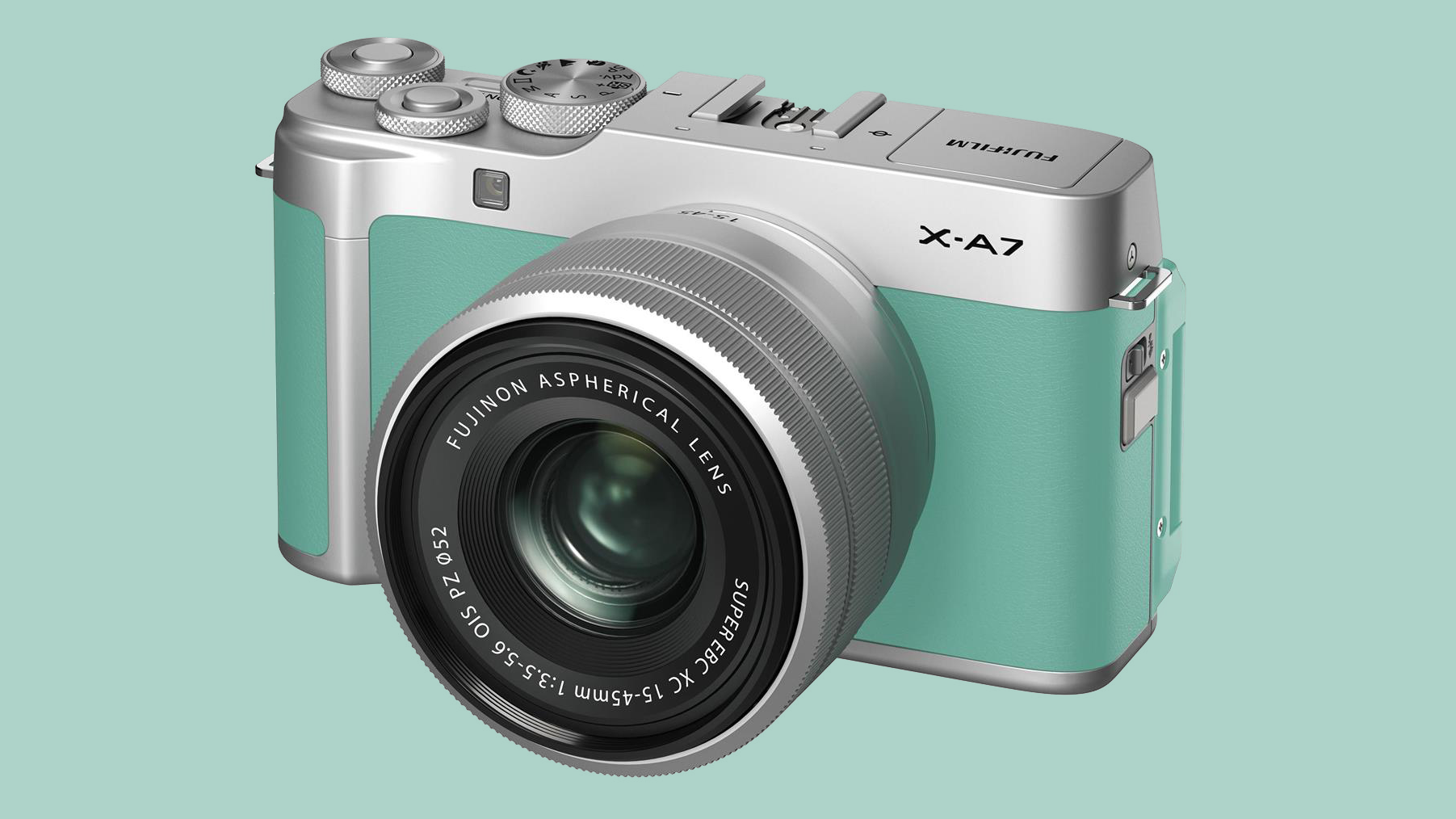
While Fujifilm seemed to back away from the beginner cameras segment in recent years, the success of the X-M5 and the addition of the X-T30 III to the lineup suggests that it hasn't entirely turned its back on entry-level models – and there has been some chatter that a more focused attempt to cater to the market might be on the cards.
Fujifilm has no shortage of suitable candidates that it could resurrect, though it feels like the X-T200, X-A20 and X-A7 would make the most sense to see a successor. The latter might be the best option as, while they all experience a degree of overlap with the X-T30 and X-M5, the X-A7 felt more playful and fun (I was a huge fan of the mint green colorway!), which made it feel quite distinct.
Fujifilm XF2 / XQ3
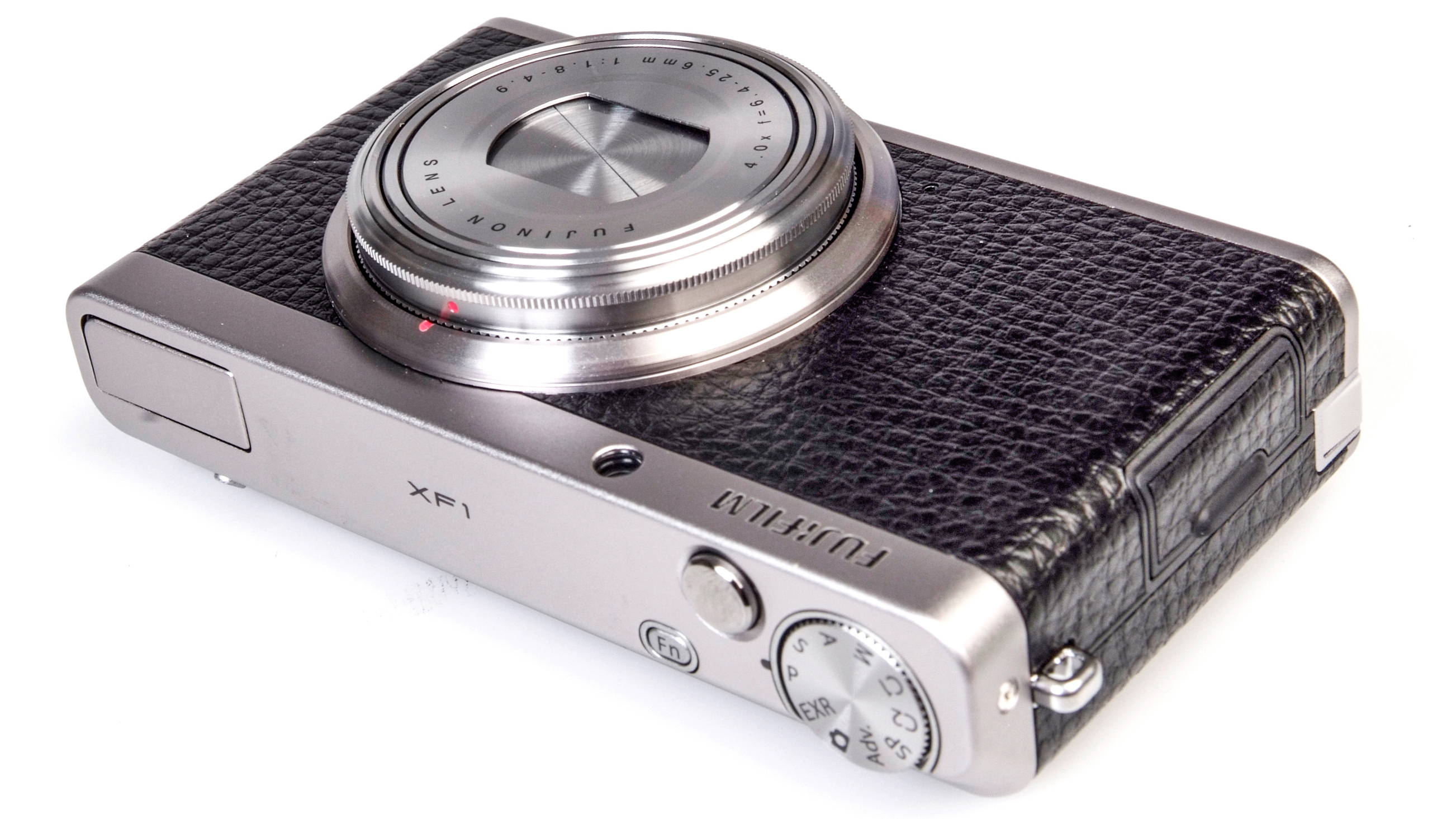
Fujifilm is already king of the compact camera market, thanks to the success of the X100 series. However, it's a distinctly premium proposition – and as we've seen with Canon (via the Elph 360 / Ixus 285) and Panasonic (with the TZ99 / ZS99), the other brands are very much attacking the affordable compact market currently dominated by Kodak.
While the Fujifilm X-Half was a leftfield play for the compact market, there have been persistent calls for Fujifilm to resurrect one of its point-and-shoot cameras with a zoom lens.
Personally I'd love to see a successor to the beautiful Fujifilm XF1 (above), but the Fujifilm XQ2 would also be a great call – both had a 12MP 2/3-inch sensor with a useful 25-100mm lens, so would make perfect pocket complements to an X-Series camera.
No Fujifilm film camera?
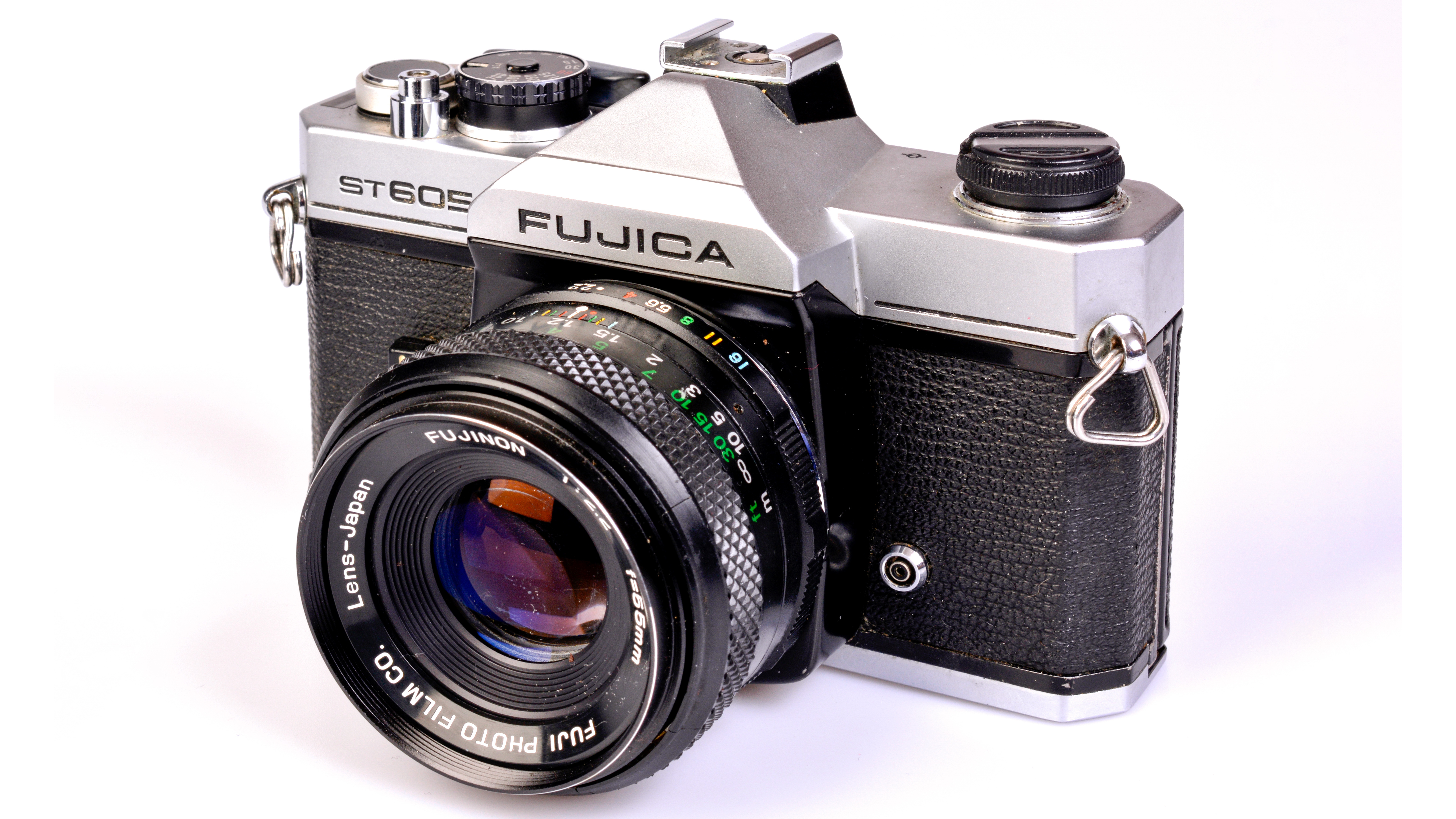
Despite film cameras experiencing a renaissance so great that many of the iconic brands – from Pentax to Rollei to Kodak – are all back in the game, Fujifilm has no plans to launch a new film camera of its own.
"For now, I don't think a new film camera is on the agenda," Franck Bernard, director of Fujifilm France's photo division, told Phototrend. He went on to suggest that the current boom may not quite be what everyone thinks.
"I would, however, qualify the idea of a 'return to film'. As a film manufacturer, we have access to market data and know whether this is really a large-scale phenomenon. It is true that there is a real craze for film, particularly among young people, who are looking to understand and learn.
"However, we also see its limits. We know exactly what we are offering: disposable cameras, films… There is indeed a return to film, but its importance should be put into perspective."
Fujifilm in the UK left the door slightly more open, telling Amateur Photographer "to never say never…" but added the same asterisk: "However, any business needs to analyze the prospects for a long-term opportunity over a short-term fad."
So, there you have it: a company that used to make film cameras, and still makes film, will probably not be making a new film camera.
More camera rumors: Canon rumors • Nikon rumors • Sony rumors • Olympus rumors • Panasonic rumors • Hasselblad rumors • Leica rumors • Ricoh & Pentax rumors • GoPro rumors
Sony rumors 2025
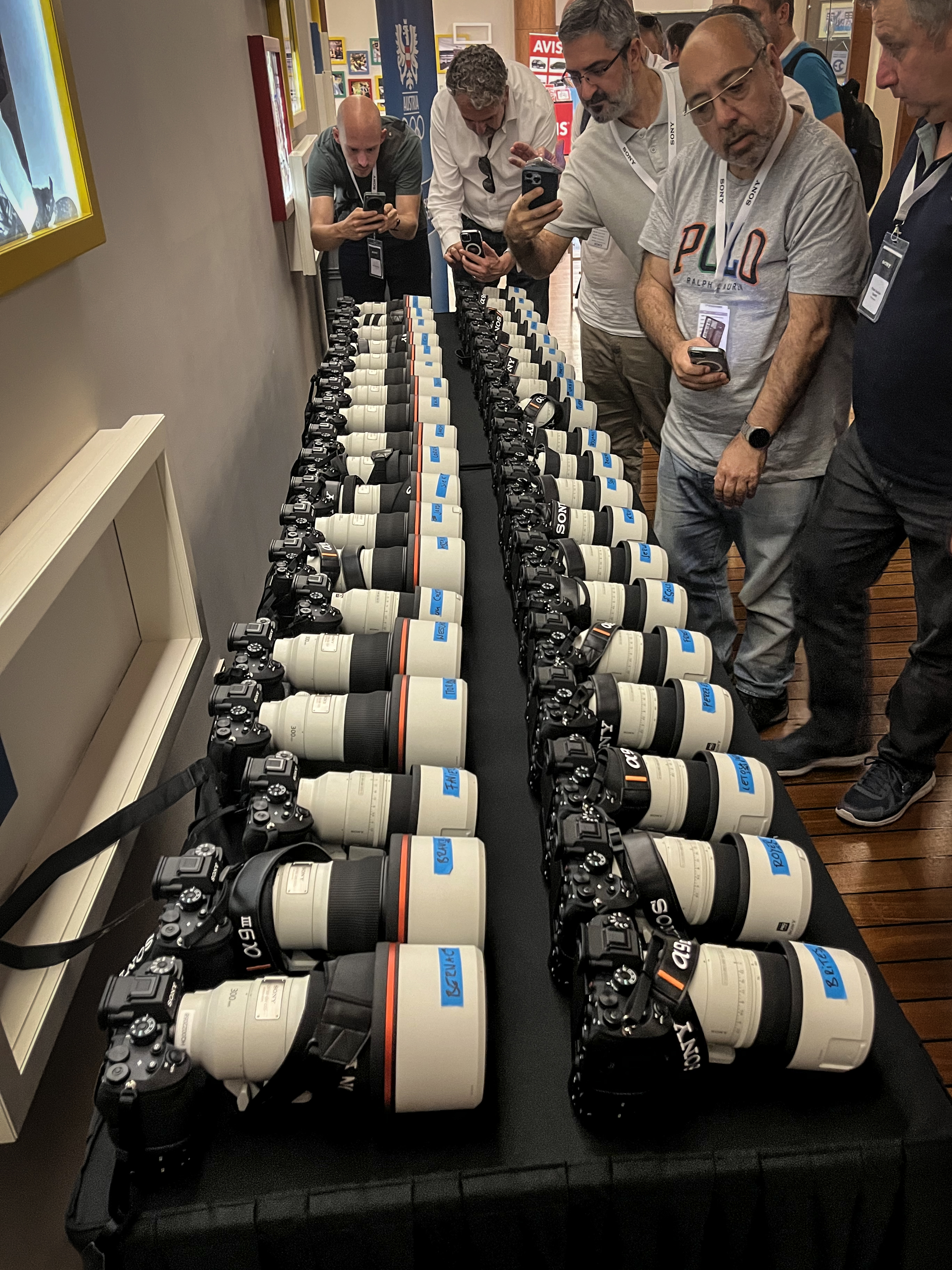
The Sony rumors are flying thick and fast – and so are the cameras that they relate to! Both the Sony RX1R III and the Sony FX2 went from rumor to reality in the blink of an eye, and the company has plenty of Alpha bodies that could follow suit in a hurry.
There's also a lot of movement in the world of vlogging cameras, too, which is increasingly becoming the noisiest area of the industry. And with the company doubling down on this category, the Sony rumors are super strong when it comes to content creation.
In particular, given how many cameras it's spawned in this generation, everyone is wondering what the heck is going on with the A7S series…
Sony FX3 II
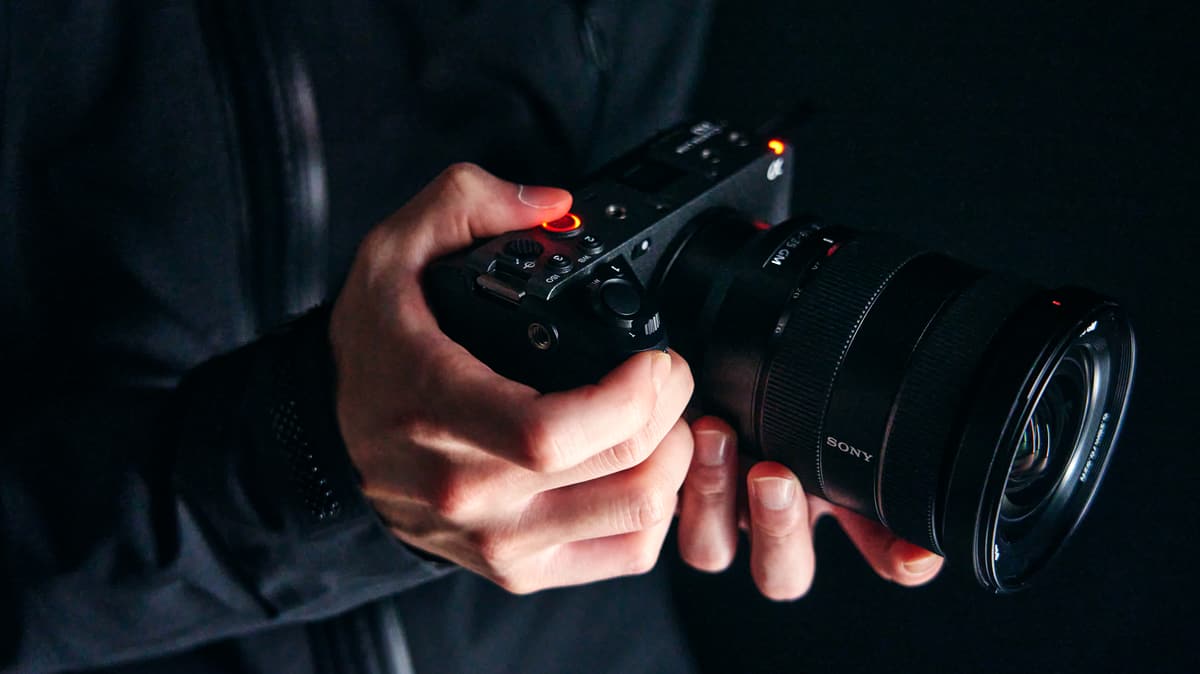
Not only is the Sony FX3 now four years old, and not only is it built on the ten-year-old archutecture of the Sony A7S III, it's just had war declared on it by both Canon and Nikon – and the Canon EOS C50 and Nikon ZR eclipse the technology in this well-loved but long-in-the-tooth camera.
With the FX3 being such a popular body, it was only ever a matter of time until Sony updated it – but now that its position is officially under threat for the first time, I expect Sony to fast-track a successor.
There have been rumors and rumblings that such a successor is on the way for some time, but all we've had recently is the less than enthusiastically-received Sony FX2 – though it at least sets a minimum bar for what we can expect from the FX3 II. Given Sony's propensity for repurposing sensors, I think this camera will actually be part of a wave of new releases…
Sony A7S IV
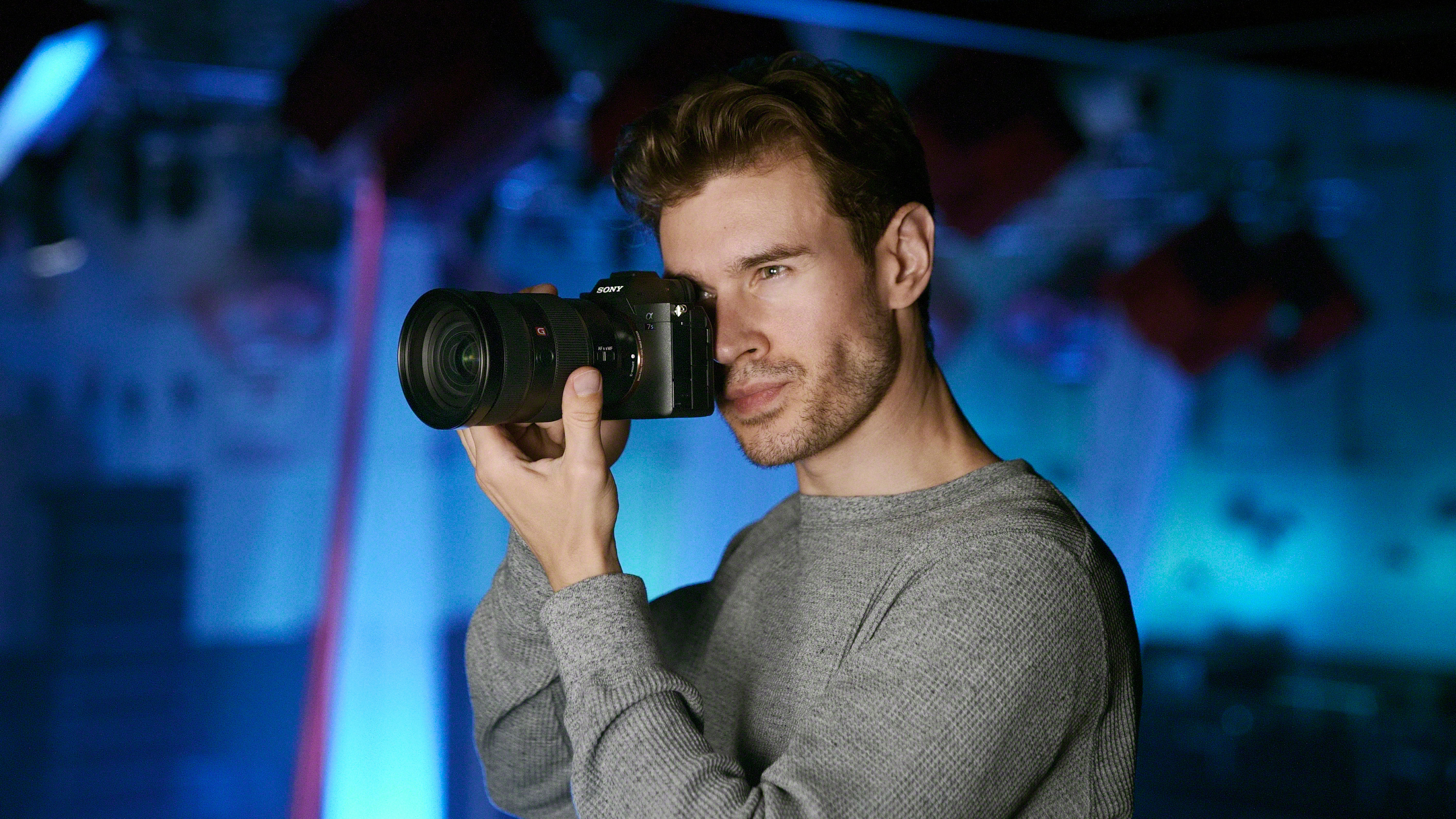
At this point it's tempting to say that Sony has stuck a fork in the A7S line.
While technically the last time we saw this series was with the launch of the Sony A7S III, back in October 2020, we've actually seen at least three successors in the guise of the Sony FX3, Sony FX6 and Sony ZV-E1 – all of which have the same sensor and all but the latter have much the same feature set.
Given that Sony's all-purpose video body has now birthed a cinema-focused line and a creator-focused line, is there still any need for a do-it-all Sony A7S IV?
I really don't think we've seen the end of the A7S series.
Rather, I look at what has happened with this generation – and the similarly long-overdue need for an FX3 replacement – and I put stock in the rumors that Sony is actually holding off so it can design a new sensor to be used in the next generation of all these cameras.
So I think we're going to get an A7S IV, FX3 II (and maybe FX6 II) and a new ZV camera all based on the same architecture – giving Sony multiple bites of the cherry for one (very profitable) sensor investment!
Sony A6200
Originally expected to arrive in the summer, the Sony A6200 is said to possess the same excellent 26MP image sensor as the Sony A6700 – which has also been used in the ZV-E10 II.
My question is, does Sony – or the consumer, for that matter – really want or need both cameras, especially with the ZV camera as a third option?
More camera rumors: Canon rumors • Nikon rumors • Olympus rumors • Fuji rumors • Panasonic rumors • Hasselblad rumors • Leica rumors • Ricoh & Pentax rumors • GoPro rumors
Olympus / OM System rumors 2025
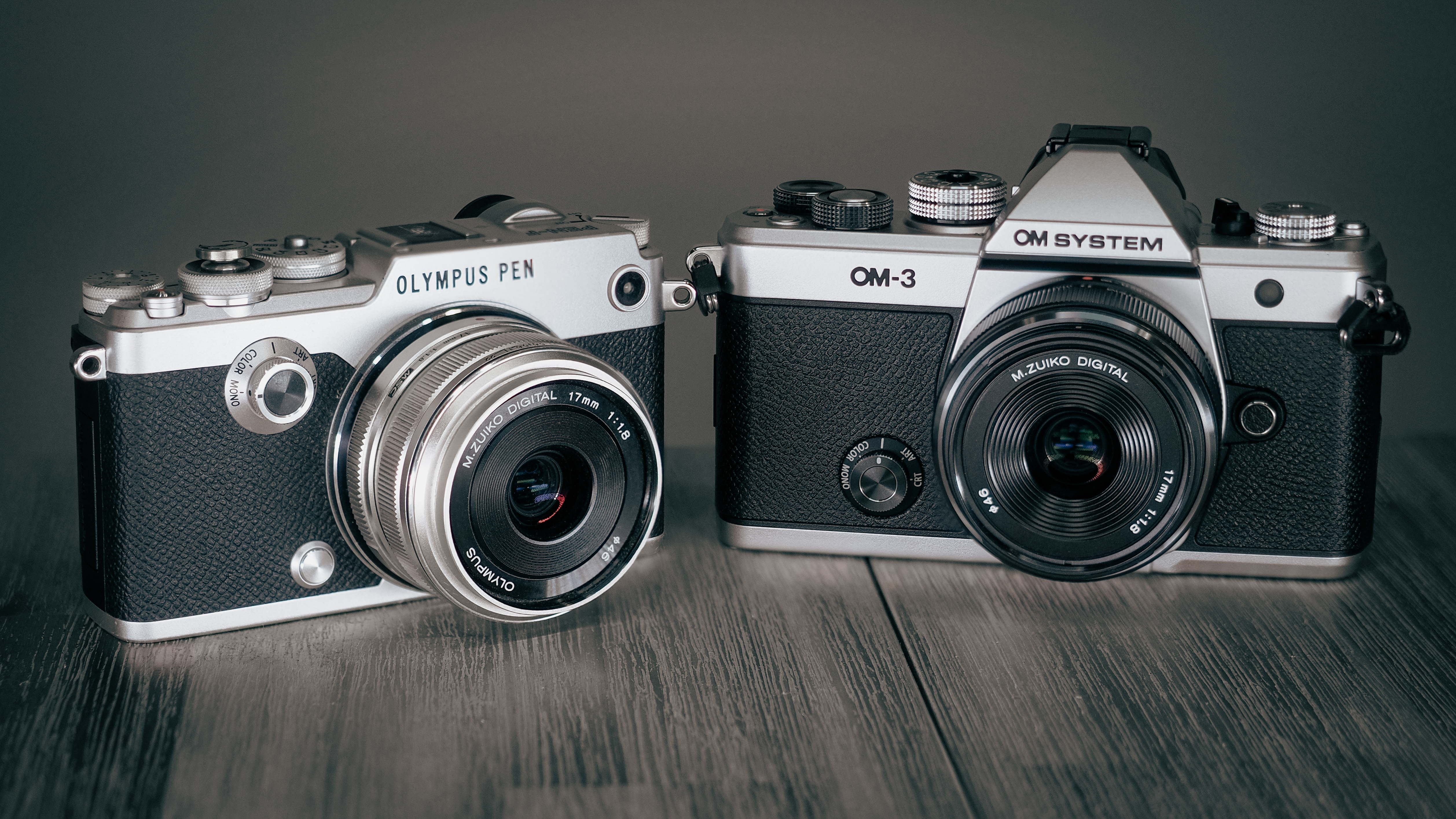
Technically "Olympus rumors" are "OM System rumors", but old habits die hard! Even though we've had years to get used to the new name, and the last ever camera to bear the Olympus logo (the OM System OM-1) has now been replaced (by the OM System OM-1 Mark II), it's a habit to break.
After a quiet 2024, OM Digital launched the monumentally well-received OM System OM-3 – and followed it up with the still warm, but less enthusiastic reception to the OM System OM-5 Mark II.
So what does the rest of the year look like?
RIP E-M10 / OM-10?
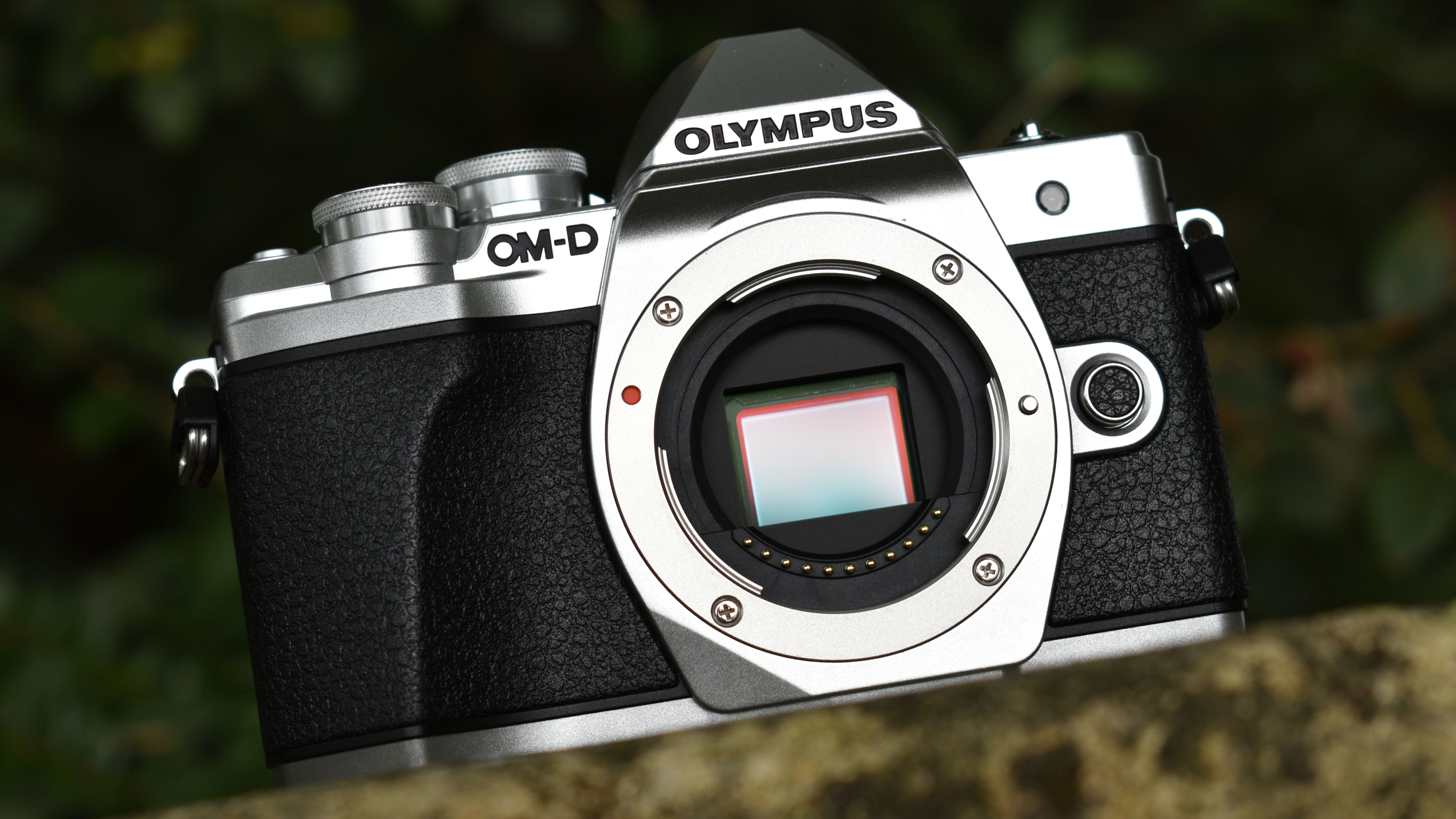
In a development that feels like a crying shame, but not entirely a surprise, the latest word is that the E-M10 series will not transmogrify to an OM-10 but will instead be discontinued.
Despite the still-current Olympus OM-D E-M10 Mark IV (released in 2020) continuing to be a big seller, as it's one of the best cameras for beginners on the market, a conspiracy of circumstances has left the E-M10 line as the odd man out in OM's range.
Once upon a time, the E-M1 series (now the OM-1) sat at the top of the tree, with the E-M5 (now OM-5) in the middle and the E-M10 as the entry-level option. However, with the addition of the OM System OM-3 below the flagship, and the industry in general catching up to the tech of the once-advanced OM-5, the hierarchy has shunted down – and appears to have bumped the E-M10 off the bottom.
I asked OM earlier this year what the fate of the E-M10 would be, and the answer was "we don't really know". My gut feeling is that there's no need for an entry-level SLR-lookalike confusing the range, especially since the company confirmed that it's still interested in doing something with the PEN line – which was historically a hugely successful entry-level line that appealed to beginners and what would now be the influencer crowd.
Still, now that everybody knows Taylor Swift uses an E-M10, perhaps that's reason enough to launch an OM-10!
OM System PEN
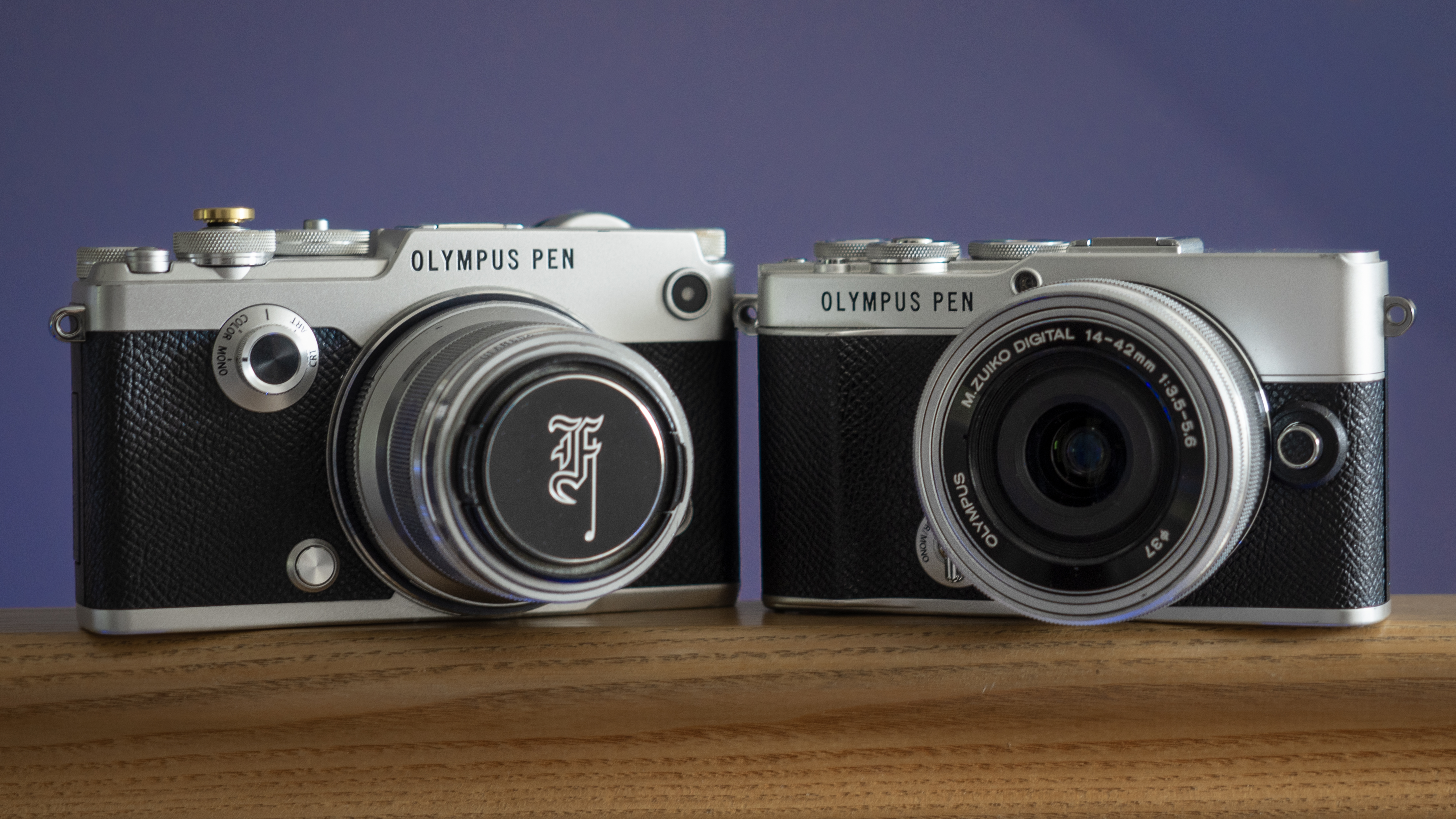
The future of the PEN line is so hazy that even OM doesn't seem to know what it looks like. The company has insisted, ever since it was divested from Olympus five years ago, that the PEN line would continue – and it has periodically hinted and flirted about things like a PEN F II ever since.
Personally, I think OM can do something far more useful with the PEN line. If indeed the E-M10 range is being discontinued (see above), there is a gap in OM's lineup for a true beginner camera – and this is a role that the PEN series, with its clean controls and rear screen-only shooting – has always filled well, especially in Asia where the range continues to be a big seller.
I would posit that we could see an update to the Olympus PEN E-P7 (my personal everyday carry), which is effectively a PEN-F in a smaller body and without an EVF, or a successor to the Olympus PEN E-PL10, which is essentially a smaller E-M10 Mark IV without an EVF.
And heck, if OM wants to make a dump truck full of money, it could bring back and rebrand the Olympus Stylus SH-1 – a brilliant, beautiful compact camera that's extremely PEN-like in form and function.
OM System Trip 35

I've no idea where this rumor started, but it certainly jibes with the wishlists of people I've spoken to at OM over the years. Following the cult-like popularity of the digital Olympus PEN-F, Oly employees often said that they hoped the beloved Olympus Trip 35 would follow suit.
Well, mention of a mirrorless revival in the form of an OM Trip 35 has recently hit the web. And this certainly makes a lot of sense, given the rampant popularity of compact cameras recently, as the original Trip was one of the most popular compacts ever made.
If OM were to release a modern version, with an equivalent of the fixed 40mm f/2.8 lens (which would be a 20mm lens, assuming that OM sticks to its Micro Four Thirds pedigree), this could be one of the biggest cameras of the year.
More camera rumors: Canon rumors • Nikon rumors • Sony rumors • Fuji rumors • Panasonic rumors • Hasselblad rumors • Leica rumors • Ricoh & Pentax rumors • GoPro rumors
Panasonic rumors 2025
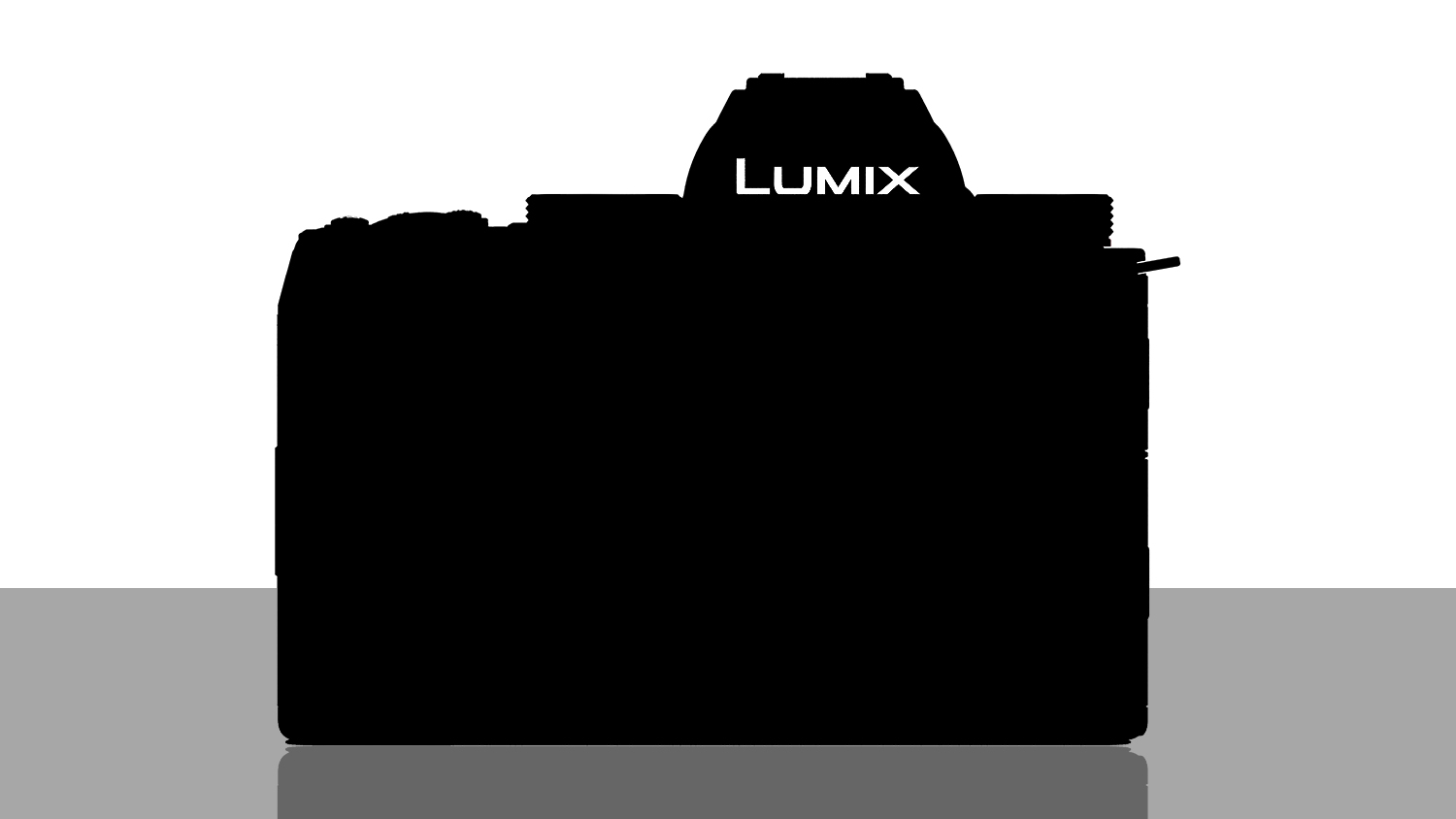
The Panasonic rumors are still swirling, with the manufacturer having plenty to whisper about when it comes to both full-frame mirrorless cameras and Micro Four Thirds cameras.
It's been super busy of late, launching the Lumix S9 compact full-frame camera and the Lumix GH7 flagship MFT video camera – not to mention the Panasonic Lumix G97, confirming its commitment to the smaller sensor format. And it even dropped a revamped Lumix ZS99 / TZ99 before Christmas, feeding the current compact camera craze.
So, what can we expect this year from the first manufacturer to make a mirrorless camera certified by Netflix? Here are the latest Panasonic rumors…
Panasonic Lumix S1HII
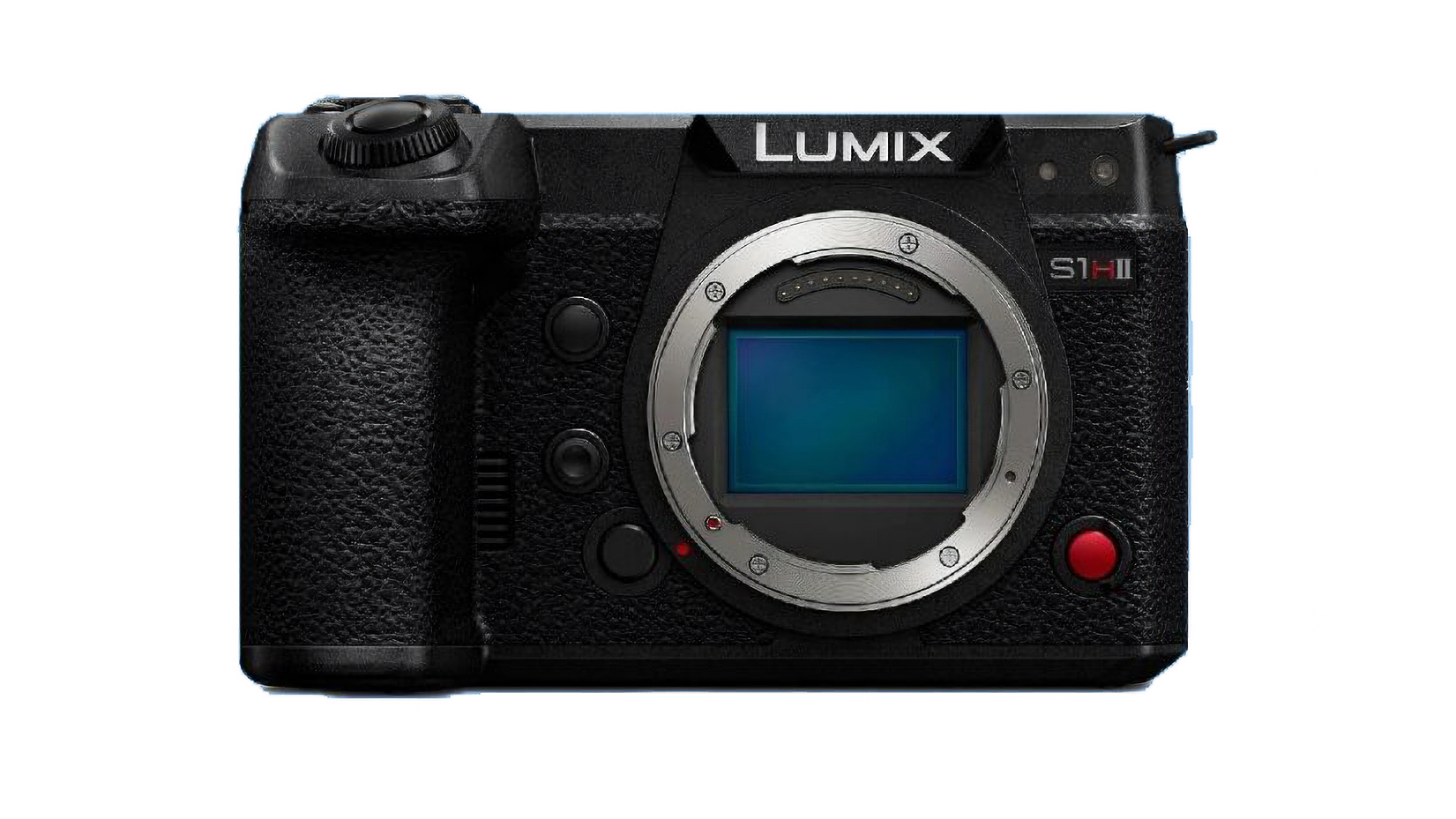
A leaked image and set of doge-tastic specs for the Lumix S1HII have hit Chinese social media, raising eyebrows across the internet. If you believe the hype, we're looking at a suitably Sony FX3-styled camera body with the following:
• 4K 240p uncropped
• 5.1K 120p open gate, ProRes RAW
• V-Log2
• 16+ stops dynamic range
• Arri codec
• 39 LUTs
• ProRes 4444 XQ, 4444, 422 HQ, 422, 422 LT, Proxy
• 32-bit float audio
• Phase Hybrid AF
• 8.5 stops in-body image stabilization
• 120fps continuous burst shooting
• Dual CFexpress Type B slots
• New active cooling system
Whether wishful thinking or right on the money, Panasonic has at least given us an official response about the S1HII, suggesting that it could be next in line to be updated:
"I'm sure at some point there'll be a replacement for the S1H. We have to kind of do things in a sequence; the S1 series was the next most logical cameras to be replaced, and so starting with the S1R made the most sense because the sensor was ready for it."
No APS-C cameras
This is something that has been asked about for years, but you can pretty safely assume that Panasonic is not going to make any APS-C cameras.
The company periodically notes in the press that it already has the breadth of the sensor market covered, between its Micro Four Thirds cameras and the full-frame L-Mount bodies, so it would make no sense to spread itself even thinner. (Fujifilm says much the same, when asked if it will ever make a full frame camera, noting that it has already covered the bases with APS-C and medium format cameras.)
On top of that, I've heard a number of times that the L-Mount Alliance has no interest in APS-C – which is why Panasonic, Leica and Sigma all make multiple full-frame L-Mount cameras, but nothing with an APS-C sensor.
Panasonic Lumix G100 II

While the Panasonic G100D launched late last year, it's a very minor update with a new EVF and USB-C port. However, it's been reported that a full Panasonic G100 II is on the way.
It will apparently possess phase detect autofocus – something that was sorely, sorely missing on the original, which was marketed as a vlogging camera but often struggled to keep vloggers in focus. It will also feature the same 25.1MP image sensor as the Panasonic Lumix G9 II and boast 4K 60p 4:2:2 10-bit video, but keep the same single memory card setup.
Panasonic Lumix S5R
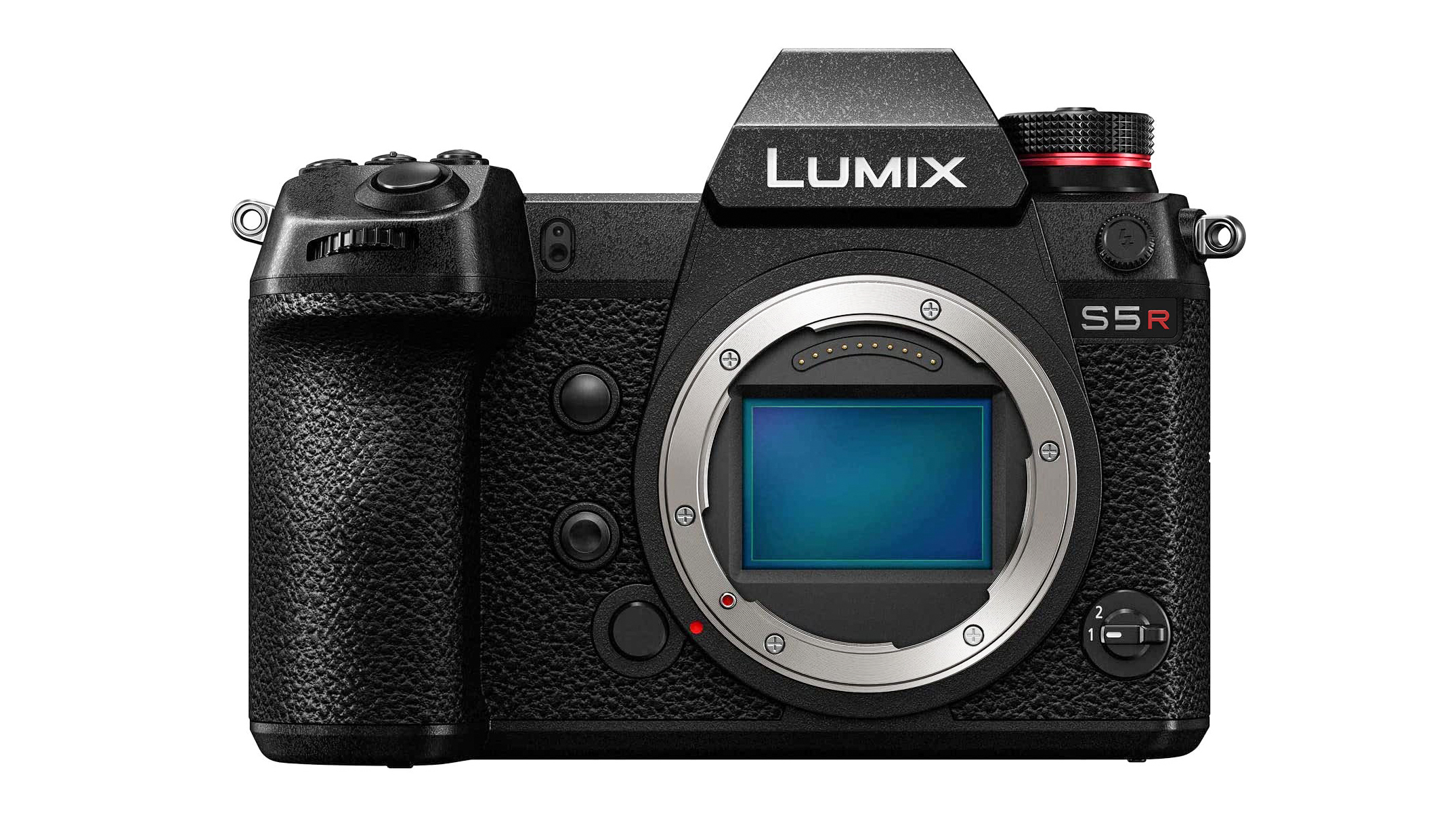
Recently there has been mention of an entirely new camera: the Panasonic S5R. This is an interesting one, as it would mark a divergence from manufacturer's previous product segmentation: the flagship Panasonic S1 (recently discontinued), the resolution-focused Panasonic S1R, the video-focused Panasonic S1H and the enthusiast-level Panasonic S5.
Of course, when the Panasonic S5 II became the company's first camera to feature phase detect autofocus, it threw the wider product line into disarray – to the point where the S5 series may not be the primary point of interest.
Indeed, the Panasonic S5 IIX is so video-savvy that many question the need for the S1H II. And now, with chatter of a resolution-oriented S5R, it feels as if the market is demanding the S5 as its champion and leading Panasonic in a different direction.
Panasonic Lumix S1X
If you think the S5R rumor seems like a stretch, then you're going to love the reports of a Panasonic S1X. It feels super sketchy to us; at least there is some merit to the thought process of Panasonic expanding the newly successful S5 product line, but to introduce another new one? Not impossible, just implausible.
Much like the whispered specs, as shared by L-Rumors, which include the likes of a 49MP BSI sensor, 8.5K 48p video, 60fps bursts, 17 stops of dynamic range and omnidirectional phase detect autofocus. More salt, please, waiter…
More camera rumors: Canon rumors • Nikon rumors • Sony rumors • Olympus rumors • Fuji rumors • Hasselblad rumors • Leica rumors • Ricoh & Pentax rumors • GoPro rumors
Hasselblad rumors 2025
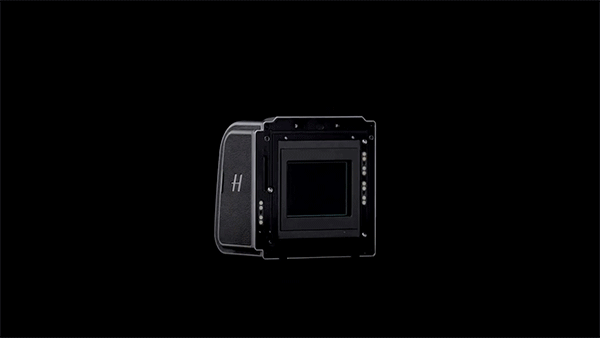
Hasselblad has done a remarkable job of gaining ground on Fujifilm in recent years, with some of the best medium format cameras in the world – such as the stellar Hasselblad X2D II 100C, which is the most advanced camera on the market right now. And don't forget that it was Hasselblad that introduced medium format mirrorless to the world!
While the launch of the X2D II has quenched most of the current Hasselblad rumors, it's worth noting that the new camera has parent company DJI's fingerprints all over it – namely the introduction of LiDAR autofocus. And it's also worth noting the resurrected rumors about DJI launching a full-frame mirrorless camera using the L-Mount (bearing in mind that DJI is already a member of the L-Mount Alliance), which could pave the way for more cross-pollination of technology.
So what are the latest Hasselblad rumors doing the rounds?
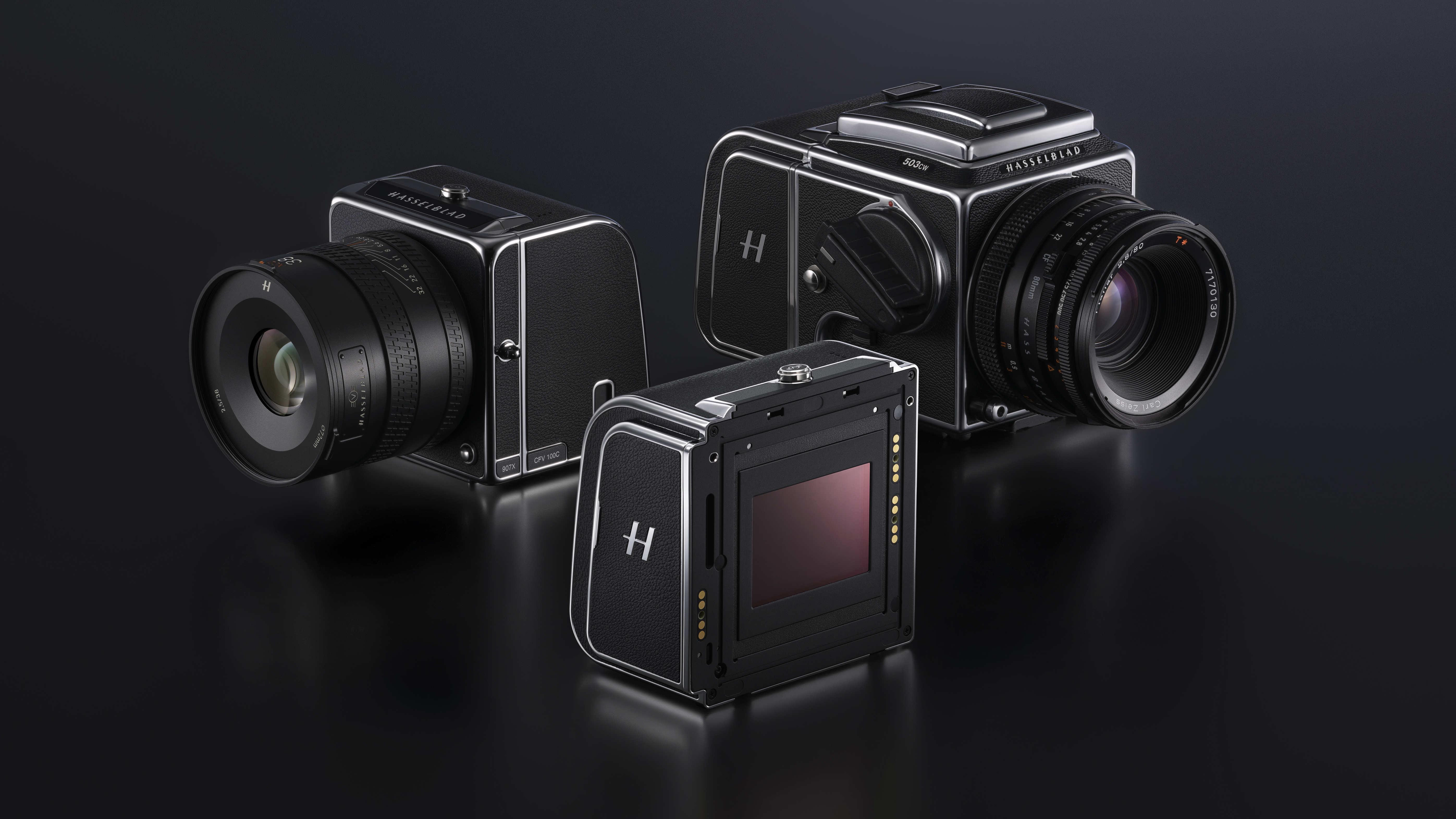
Hasselblad CFV 100C II
With the X2D II now officially launched, there are already rumblings that Hasselblad is set to update its CFV 100C digital back.
This would, on paper, incorporate the new features of the X2D II, such as increased phase detect autofocus points, new subject detection algorithms and increased dynamic range.
Would it also include the new LiDAR technology, though? that would require a retooling of the current Hasselblad 907X "camera" to add a LiDAR window. It seems more likely that the company would keep the two product lines distinct, with the 907X / CFV being a studio-oriented system (given its lack of stabilization, and likely lack of LiDAR) with the X2D II effectively being the field camera.
More camera rumors: Canon rumors • Nikon rumors • Sony rumors • Olympus rumors • Fuji rumors • Panasonic rumors • Leica rumors • Ricoh & Pentax rumors • GoPro rumors
Leica rumors 2025
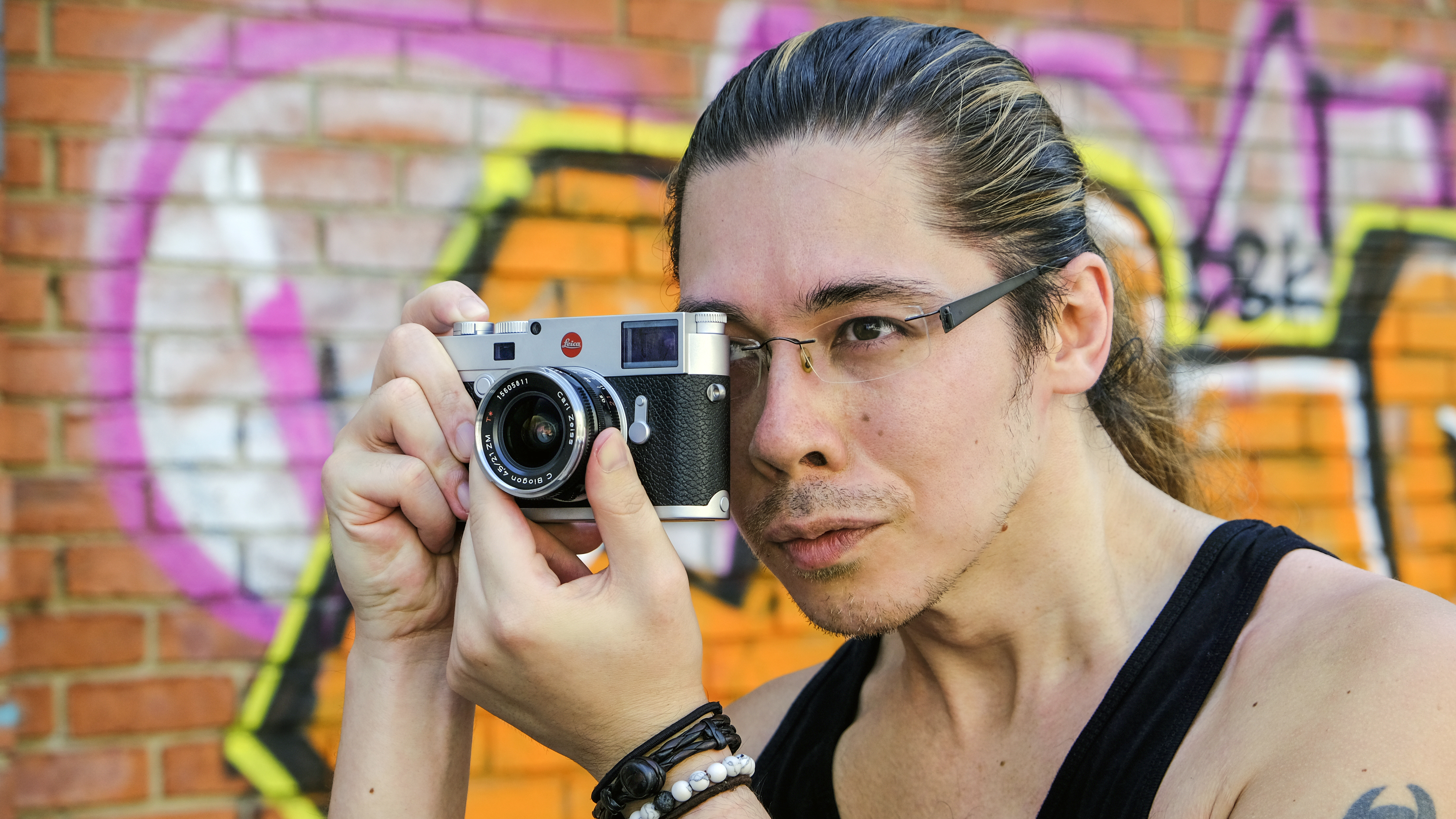
Last year was a busy one for the Red Dot specialist, between the launch of the Leica SL3 (the latest model in its mirrorless system), the Leica Q3 43 (a sister model to the Leica Q3) and even a "new" (well, its newest upcycle of the Panasonic LX100 II) compact camera, the Leica D-Lux 8.
And the company hit the ground running this year with the launch of the Leica SL3-S, the first new camera of 2025, along with commemorative cameras to celebrate its 100th birthday (along with 100th anniversary teddy bears and other collectibles). But what does it have in store next?
Leica M12
Could this finally be the year that the M series goes all-electronic – and gets in-body image stabilization (IBIS), to boot? Leica has previously lamented that the M bodies are too small to implement IBIS, but later noted that omitting the mechanical shutter would free up the necessary space.
There are also rumors that the M12 will be some 3mm smaller than the Leica M11, and that the screen could be almost an inch bigger – with chatter that this could be done to replace some or all of the physical buttons, as was the case with cameras like the Leica TL2.
According to FCC certification documents, the camera (or at least, a camera) was set to be announced on May 16. That obviously hasn't happened, though – and subsequently it appears that Leica has abandoned the M12 trademark. Perhaps the company is waiting to see how the EVF-equippped M EV1 (above) is received before deciding its next step for the M series…
Leica S4
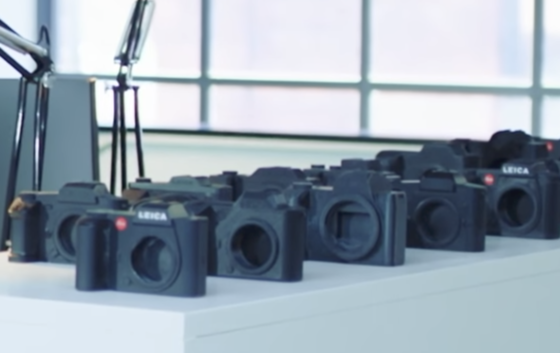
After teasing us with Easter eggs and coy comments for what feels like an eternity, Leica has confirmed that a new medium format camera is on the way.
Leica chief Andreas Kauffman is shy about specifics, saying only that the camera exists and is being developed, because its development has proven difficult – perhaps due to the growing pains, moving from the DSLR technology of the Leica S3 to match the mirrorless medium format of the GFXes and Hasselblads of the world.
Cyril Thomas, CEO of Leica France, has noted that he doesn't think we will see the camera in 2025, which underlines just how challenging the product seems to be.
No more APS-C cameras
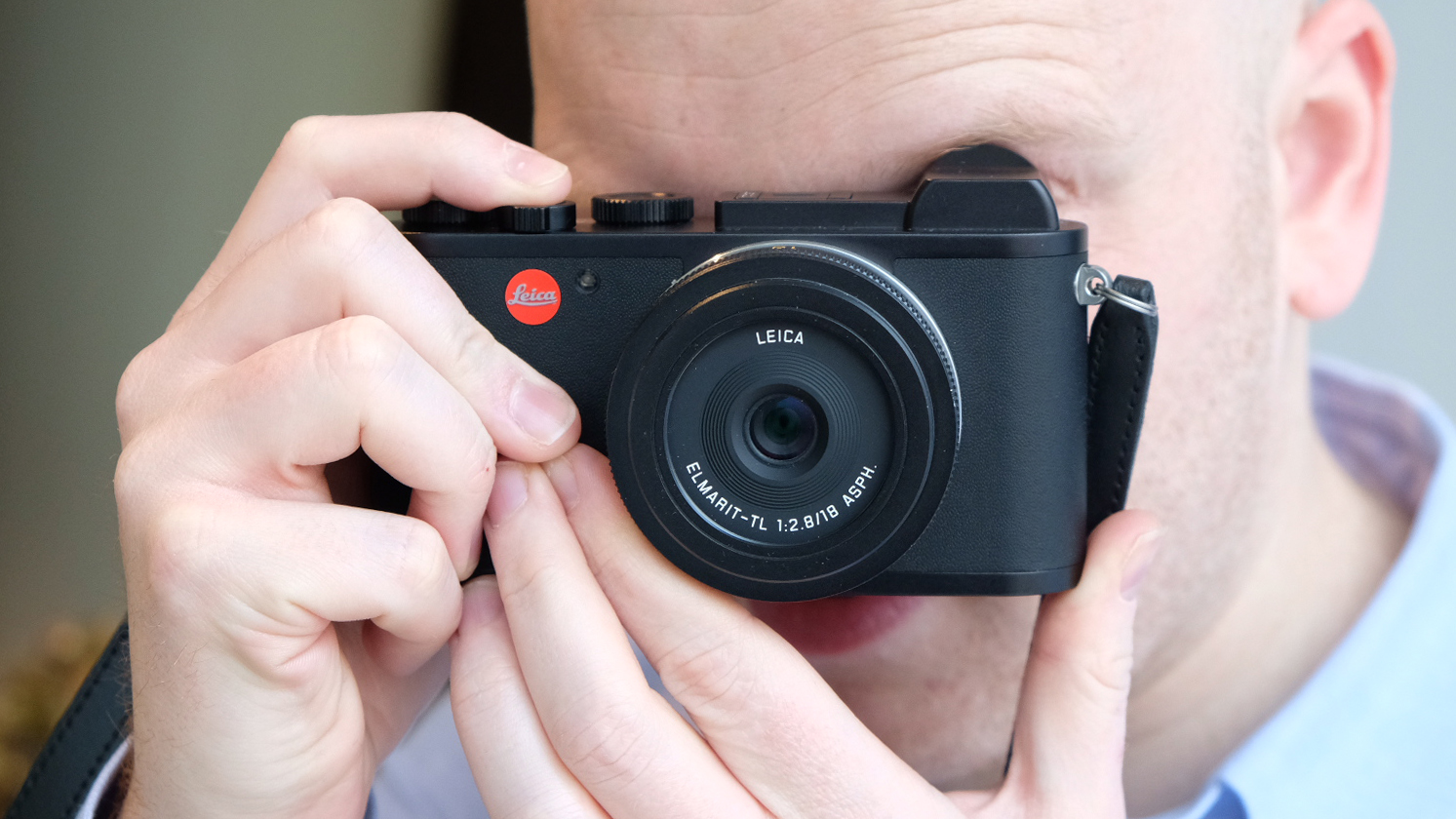
Leica's last APS-C camera was, in fact, Leica's last APS-C camera. Dr Kauffman has stated that the company "wants to move away" from APS-C, as the company's strategy is built almost entirely around full-frame sensor technology.
In short, there will be no successor to the Leica CL or the Leica TL2 (unless you count, as Kauffman does with a twist of lemon, the Sigma BF as the modern update of the TL).
As I mentioned on the Panasonic rumors page, from what I understand, the L-Mount Alliance has no interest in APS-C cameras – the L-Mount is solely a full-frame proposition at this point, which is why Leica, Panasonic and Sigma are only releasing full-frame bodies for it.
However, Leica obviously makes cameras using non-full-frame sensors – the medium format Leica S4 is in development, for starters (see above), and the long-running D-Lux line continues to see sales success with Micro Four Thirds sensors. Just don't go expecting any L-Mount APS-C bodies.
More camera rumors: Canon rumors • Nikon rumors • Sony rumors • Olympus rumors • Fuji rumors • Panasonic rumors • Sigma rumors • Hasselblad rumors • Ricoh & Pentax rumors • GoPro rumors
Ricoh & Pentax rumors 2025
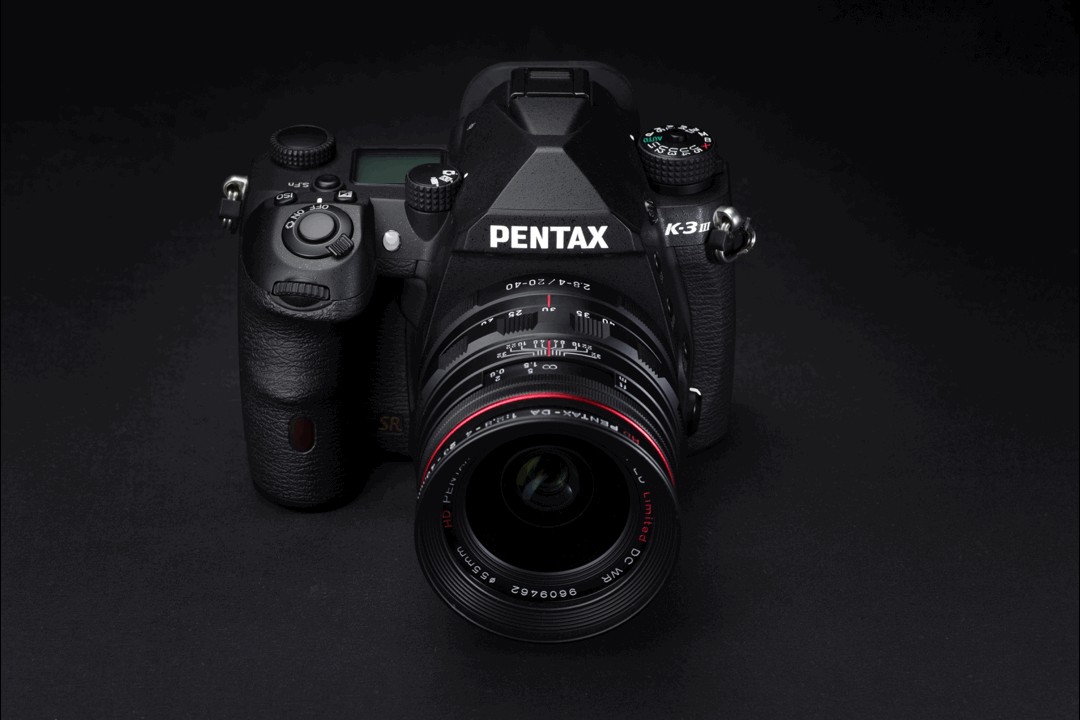
Being one of the most intriguing camera brands in the business, there are plenty of Ricoh rumors to digest – particularly as it also makes Pentax cameras. This is a manufacturer that truly marches to the beat of its own drum.
It remains absolutely adamant that it won't be going mirrorless with its Pentax brand (after briefly flirting with the Pentax Q mirrorless system years ago) and instead will concentrate on making the best DSLRs – a category that is very much an open goal, with Canon and Nikon both ceasing development of new products.
It's also going to keep cranking out some of the best compact cameras, with the recently released Ricoh GR IV and its ongoing line of Pentax waterproof cameras.
Its most exciting plans, however, revolve around the renaissance of analog photography. Some of the best film cameras in history have born the Pentax name, and the first new entry in 21 years – the Pentax 17 half-frame camera – seeks to start that tradition all over again.
So what exactly is the company up to? Here are the latest Ricoh and Pentax rumors…
Pentax K-1 Mark III
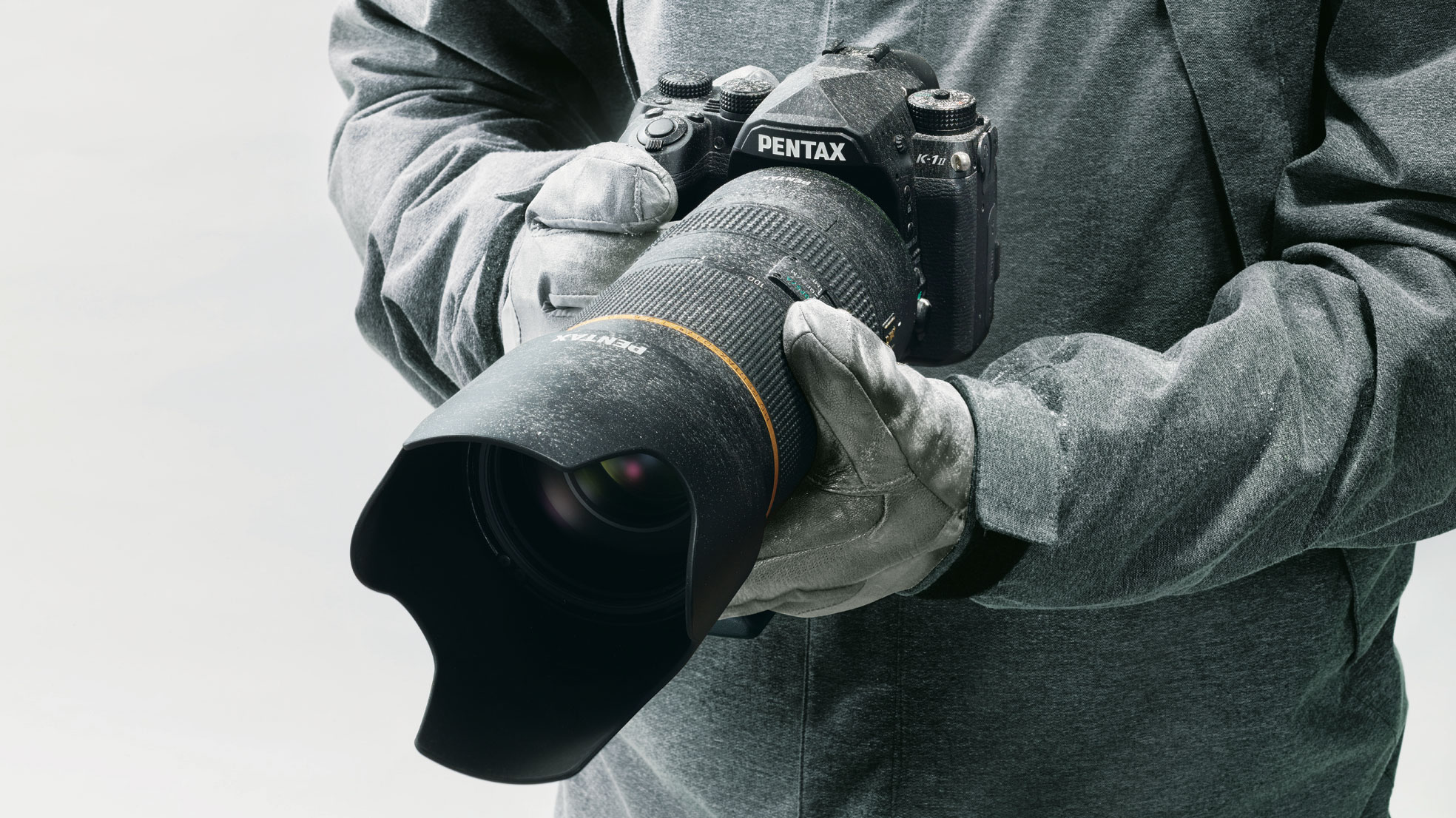
It's been a while since we heard anything official about the Pentax K-1 Mark III, other than the camera has been confirmed and it's apparently being manufactured in Vietnam.
However, specs that seemed to be pie-in-the-sky fanboy wishlists a few months ago have recently resurfaced – and if they're true, this full-frame flagship would be the most advanced DSLR ever made.
From what I've heard, we're looking at a camera with a 61MP back-side illuminated sensor – resolution that matches the best full-frame mirrorless cameras like the Sony A7R V and the Leica SL3. On top of that, the sensor will apparently be stabilized – again giving it an important weapon against the mirrorless competition (though Pentax has made DSLRs with IBIS before).
In addition to an improved SAFOX 14 autofocus system and GPS, the K-1 Mark III is said to bring 4K 60p to the party as well – and the high-resolution stills and video are being supported by twin CFexpress B memory cards.
The latest chatter hasn't mentioned Astrotracer – the brilliant astrophotography tool that uses the IBIS and GPS systems to compensate for the Earth's rotation while shooting the stars – but it's such a unique and signature feature that I'd be astonished if Pentax abandoned it.
It's been a very long time since I've been excited about a DSLR, but color me psyched for the new K-1!
Ricoh GR IV HDF
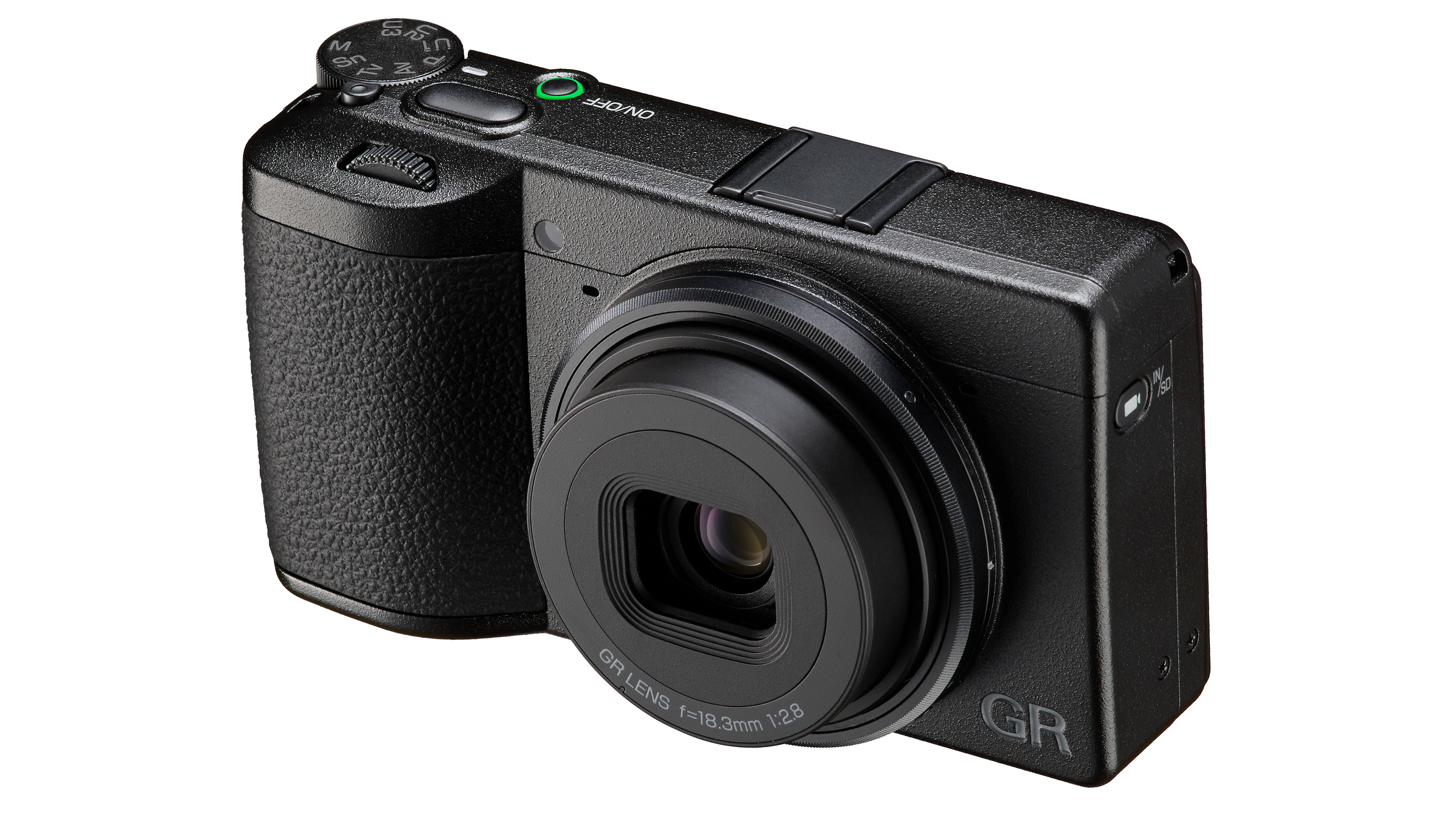
Confirmed alongside the GR IV was the development of the Ricoh GR IV HDF. While no specs were revealed, it was described as being "based on this new GR IV" – which suggests that, much like the original Ricoh GR III HDF, this edition will share the same core specs.
For those not in the know, the HDF version replaces the ND filter of the base model with a Highlight Diffusion Filter (hence the "HDF") to produce a dreamy, analog-like look.
Ricoh Theta A1
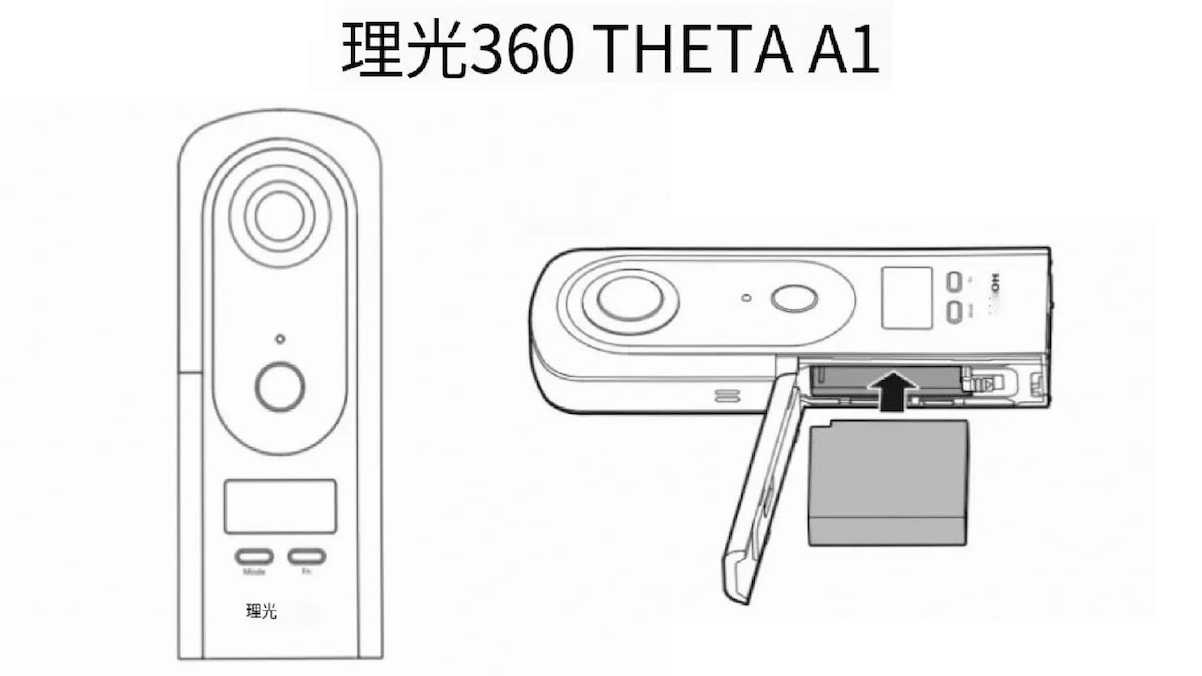
It's been over a decade since Ricoh launched its original 360 camera, the Theta, but now a new model has been leaked: the Ricoh Theta A1.
In terms of nomenclature, that sits at the opposite end of the alphabet to the flagship Ricoh Theta Z1 launched in 2019 (a 23MP camera with 1-inch sensors, 7K 360° stills and 4K 30p spherical video) and then re-released in 2022 as a 51GB version (same camera, 32GB more storage).
Does that mean the upcoming A1 will also sit at the opposite end of the specs sheet? As yet no technical details are available – though there are whispers that it won't have a large touchscreen (unlike the signature 2.25-inch screen of the Ricoh Theta X).
So perhaps this is going to be a new entry-level model, rather than a high-end offering. It's unclear what this means for the Ricoh Theta SC2, which is the current low-cost camera, though it's feasible that the A1 could be a replacement.
Ricoh GR IVx
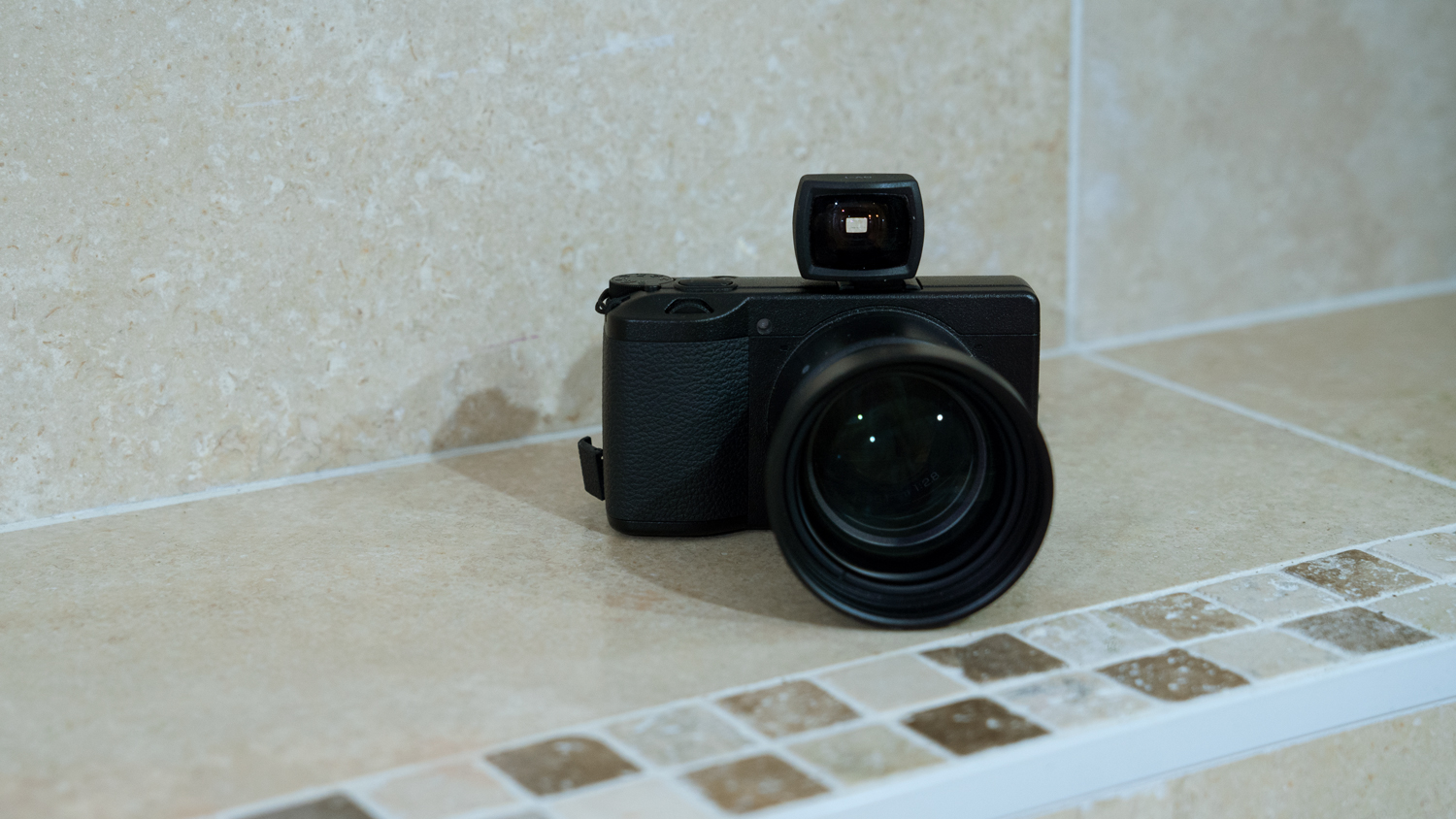
It seems like a no-brainer that the GR IV will follow the template of the GR III when it comes to variants and special editions. As much was confirmed, when Ricoh revealed the a GR IV HDF was on the way – so it's almost certain that a Ricoh GR IVx will join the lineup sooner than later.
The key strength of fixed-lens compact cameras is also a key weakness: the lens is fixed. The Ricoh GR IIIx addressed this, offering identical tech to the Ricoh GR III but with a longer 28mm lens (compared to the original's 18.3mm).
This set a new industry trend, with the Leica Q3 43 (offering a 43mm lens compared to the Leica Q3's 28mm) following Ricoh's lead, so it's a safe bet that a Ricoh GR IVx with a 28mm lens is incoming.
Ricoh GR IV Monochrome
After opting not to release a monochrome edition of the GR III (ostensibly so as not to cannibalize sales of the Pentax K-3 Mark III Monochrome, if you believe the gossip), I'm now hearing talk that a Ricoh GR IV Monochrome edition may follow the launch of the base model later in 2025.
There has long been demand among GR users for a black-and-white camera, but despite five different variants this never happened with the GR III.
While I still suspect that we'll be getting a rinse and repeat of those variants, since they're so cost-effective to produce (just by changing the lens on the GR IVx, or swapping the filter on the GR IV HDF), putting an entirely different sensor in the camera is a much bigger proposition… but one that looks like yet another license to print money.
Pentax Film Project on hold
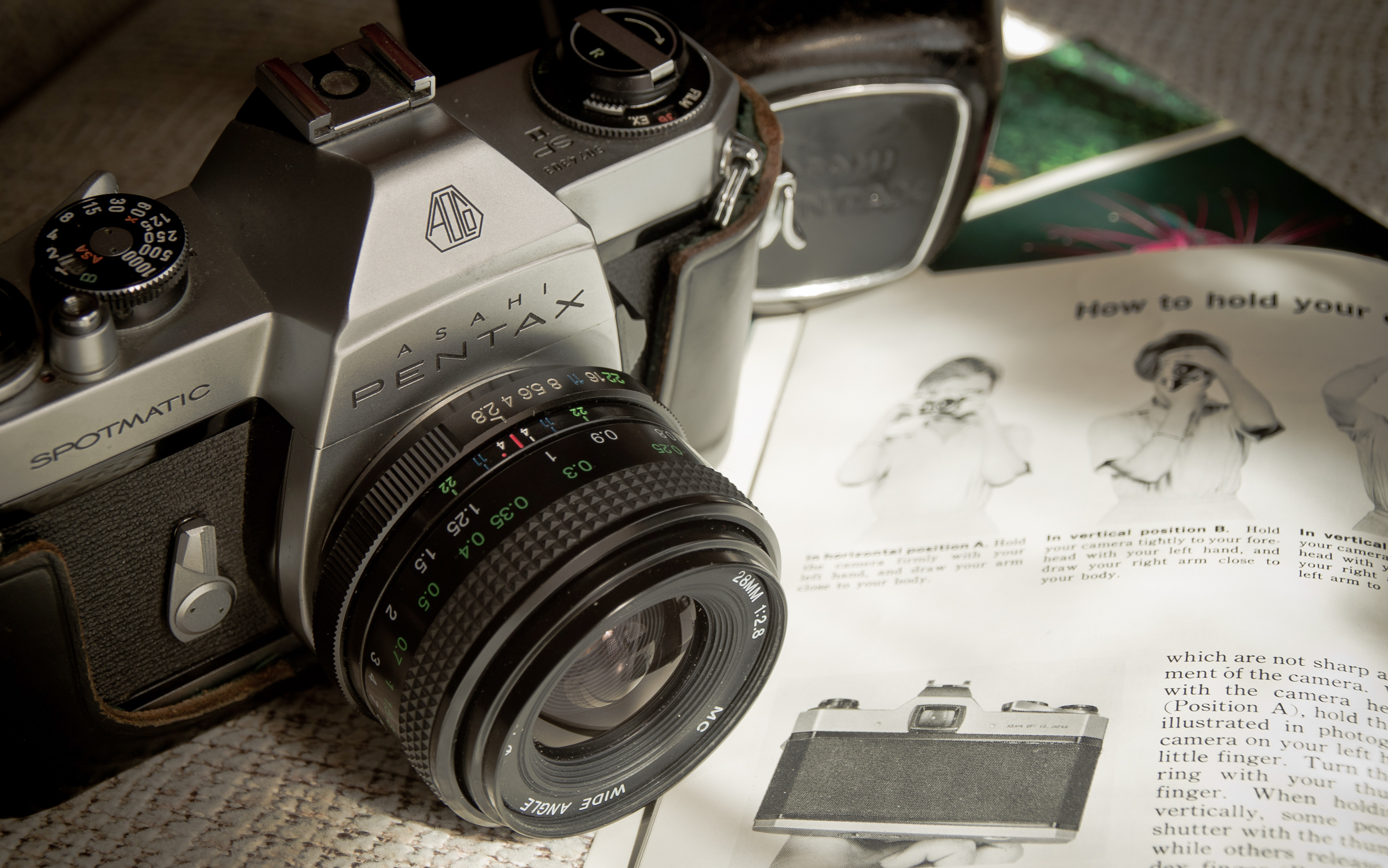
Pentax's film camera development was dealt a huge blow in March 2025 when Takeo "TKO" Suzuki, lead designer of the Pentax 17 (and other Pentax digital cameras), announced his retirement.
Concurrently, if not consequently, Pentax stated that "we need time to gather feedback, meet with customers, and learn what they appreciated – or felt was missing – before making decisions on future film products."
The company noted that, "while TKO played a significant role in the Pentax Film Project, his departure does not affect the possibility of future film models" – though it's obviously hard not to join those particular dots.
Either way, it appears that rumored plans for one more affordable compact camera (perhaps, per Pentax / Ricoh tradition, with a different focal length) and two traditional SLRs are on hold for now.
Pentax K-3 Mark IV
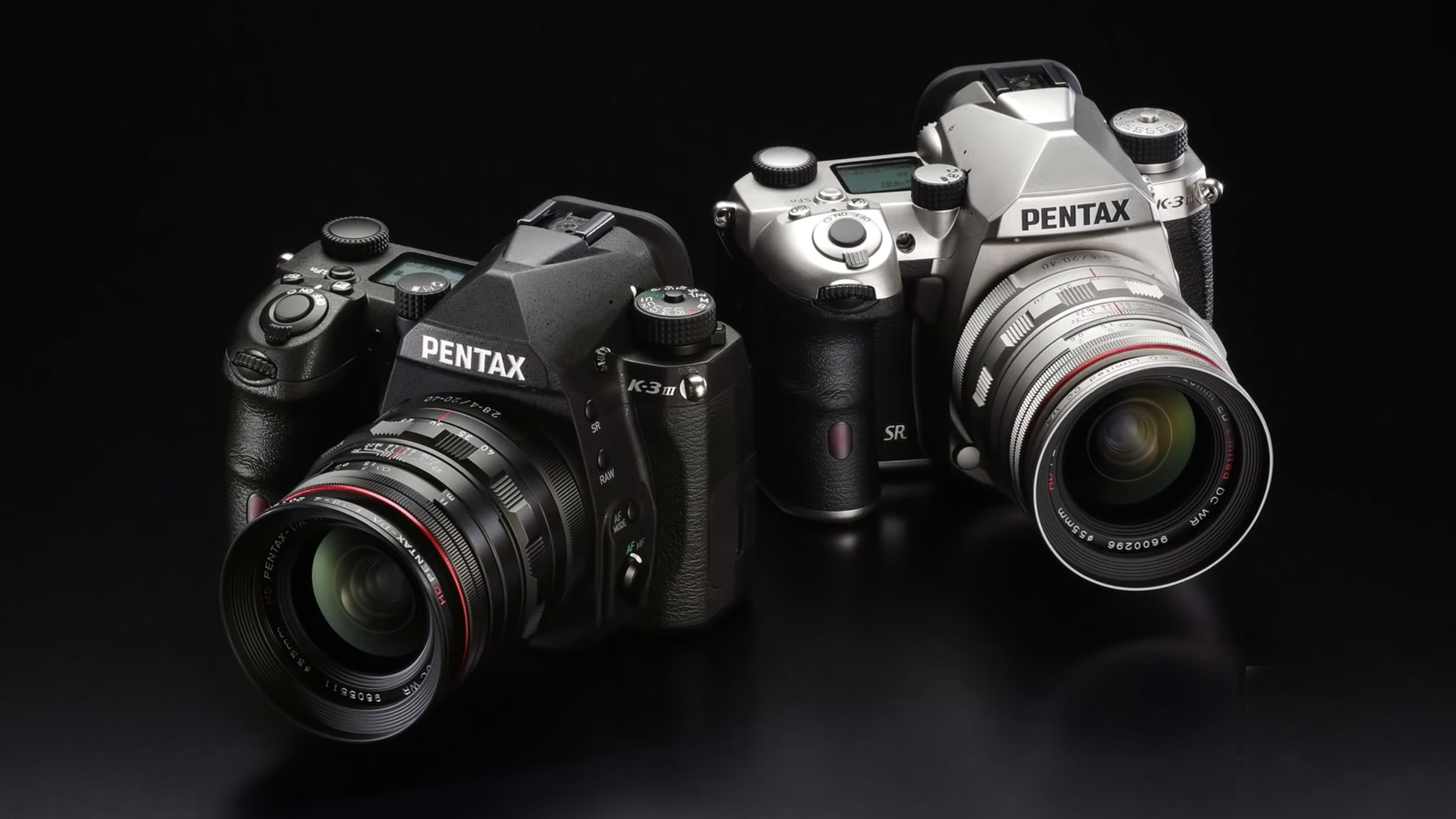
File this one under "maybe" for now. However, recent rumblings are that Pentax is ready to drop an "interesting" new DSLR this year. Quite what that means, I haven't been able to find out. However, the Pentax K-3 Mark III was an interesting camera itself in that it felt a lot like a hybrid between DSLR handling and mirrorless innovation. Could that "interesting" DNA be what's being whispered about?
Here's something else that's interesting: Pentax officially discontinued the K-3 Mark III in January – unlike the K-1 Mark II, which is widely expected to be replaced but is still listed as a current product.
So, you know, signs certainly point to a gap that could be neatly filled with a very interesting Mark IV of this great little camera…
Pentax K-3 Mark III Astro

The company announced plans back at the start of 2022 for an astrophotography-focused Pentax K-3 Mark III. Much as the Monochrome edition was a dedicated black-and-white camera, so the Astro version will be specifically for shooting stars.
This model supposedly has a Hα (hydrogen-alpha) sensitivity of x10, so it's likely that nebula will photograph well using this proposed camera. A hydrogen-alpha filter is commonly used among other filters in astrophotography kits to assist in photographing deep sky objects in what's called true-color or broadband. It's been over a year now – does Pentax still plan to challenge the best cameras for astrophotography?
Pentax K-3 Mark III Gunmetal
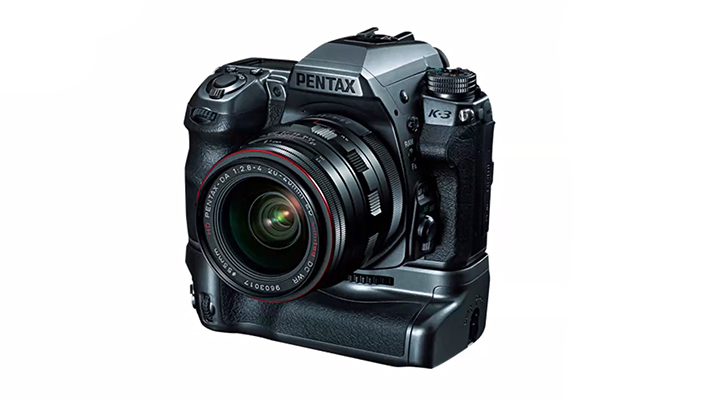
Announced in January 2022, this seems to be a purely cosmetic makeover of the K-3 Mark III – as was the case with the darker-than-Darth Vader Pentax K-3 Mark III Jet Black.
The Gunmetal variant looks pretty much the same as the Prestige Edition of the original Pentax K-3, released back in 2014, and appears to come with the same Gunmetal grip and 20-40mm lens.
We've heard no updates but – since the cosmetic Jet Black launched in 2022, followed by the new-sensor Monochrome in 2023 – we can see this new cosmetic design materializing in 2024.
Pentax K-3 Mark III Shutter Stroke Change
We really weren't kidding when we said that Ricoh has a penchant for special editions. All we know about this one, announced in 2022, is that it's designed for faster shooting with a shallower shutter stroke.
With it being designed for speed, it might also make sense to up the 12fps maximum burst speed. This could be a big ask for Ricoh's R&D team, especially since Nikon once claimed that 12fps was as fast as DSLR shutters could fire. However, since the Nikon D6 can hit 14fps and the Canon EOS-1D X Mark III hits 16fps, it would be nice for the only DSLR maker left in town to catch up with the ghosts of its rivals.
Pentax K-3 Mark III MF
The final K-3 Mark III variant that Ricoh announced was the MF, which stands for Manual Focus. Again, Ricoh really loves a special edition body – especially since it requires relatively little in the way of additional R&D, since it's using the same camera design with slightly different tech and tweaks inside.
We'll admit, an exclusively manual focus camera in (we assume at the earliest) 2024 is a pretty hard sell. But Pentax fans are the hardest of the hardcore DSLR users, and the nichest of the niche photography aficionados – if anyone can make it work, it's Ricoh.
More camera rumors: Canon rumors • Nikon rumors • Sony rumors • Olympus rumors • Fuji rumors • Panasonic rumors • Hasselblad rumors • Leica rumors • GoPro rumors
GoPro rumors 2025

While I'm hearing more GoPro rumors than I can remember in recent memory, many of them are more to do with the company's very public struggles.
However, while GoPro's CEO has declined his salary for the rest of the year following a cull of 15% of the workforce, the company is committed to its planned launches – which will hopefully help dig it out of its $80 million hole.
After an eternity, the company finally dropped the GoPro Max 2. But instead of the expected Hero14, instead it was accompanied by the GoPro Lit Hero – an upcycled version of the GoPro Hero (2024) with a LED light array.
Is that it for the rest of the year? Here are the GoPro rumors that have been whispered around the water cooler…
GoPro Hero14 Black
Like iPhones, new Heros come along like clockwork – so the fact that a GoPro Hero14 Black hasn't materialized this year is a bit of a shock. Indeed, it's the first time in 10 years that GoPro didn’t launch a new flagship action camera.
Has GoPro's budget taken such a hit that the company didn't have enough resource to bring the Max 2 and the Hero14 to market? Is the Lit just a neat little stopgap, with a new Black appearing before the year is out, or does it indicate that we won't be getting a proper new Hero for another 12 months?
GoPro tech helmet

GoPro has acquired Australian tech-enabled helmet manufacturer Forcite. However, while Forcite specializes in motorcycle helmets, GoPro intends to expand into other helmet markets – and also plans to partner with other manufacturers.
"In addition to our plan to develop our own GoPro-branded line of helmets, we are excited to partner with other leading helmet brands to help tech-enable their own helmet lines," said GoPro founder Nicholas Woodman. "We have great respect for established brands, and we look forward to working with them to help drive the industry forward, together."
More camera rumors: Canon rumors • Nikon rumors • Sony rumors • Olympus rumors • Fuji rumors • Panasonic rumors • Hasselblad rumors • Leica rumors • Ricoh & Pentax rumors







